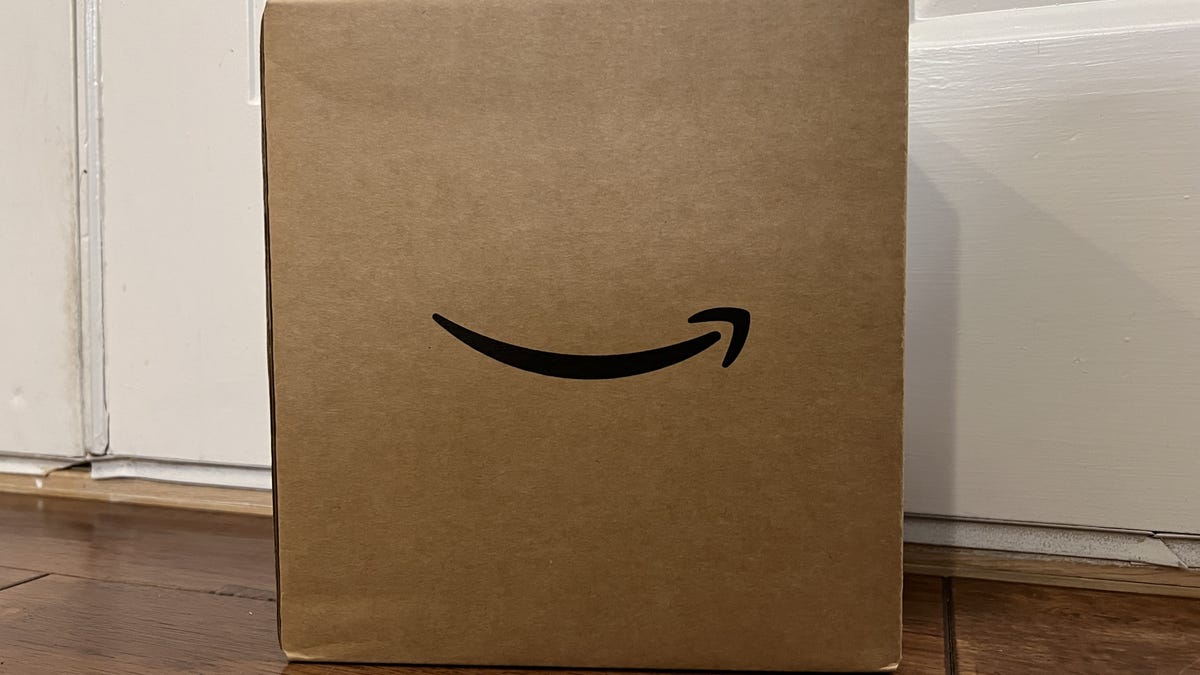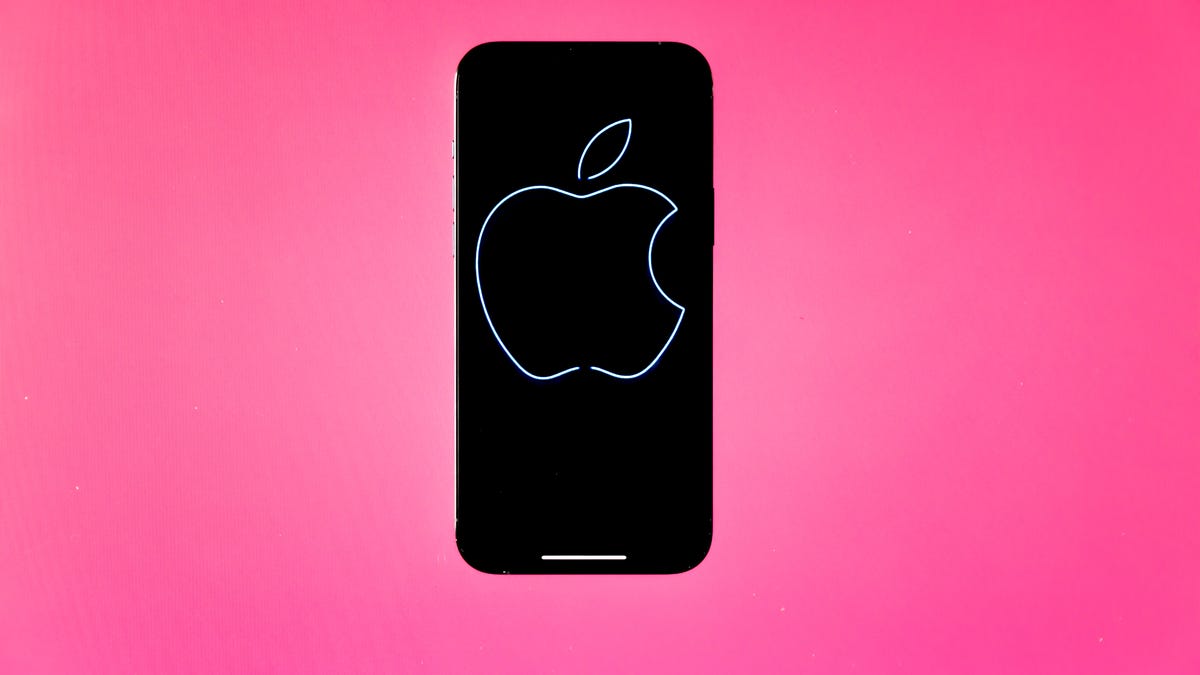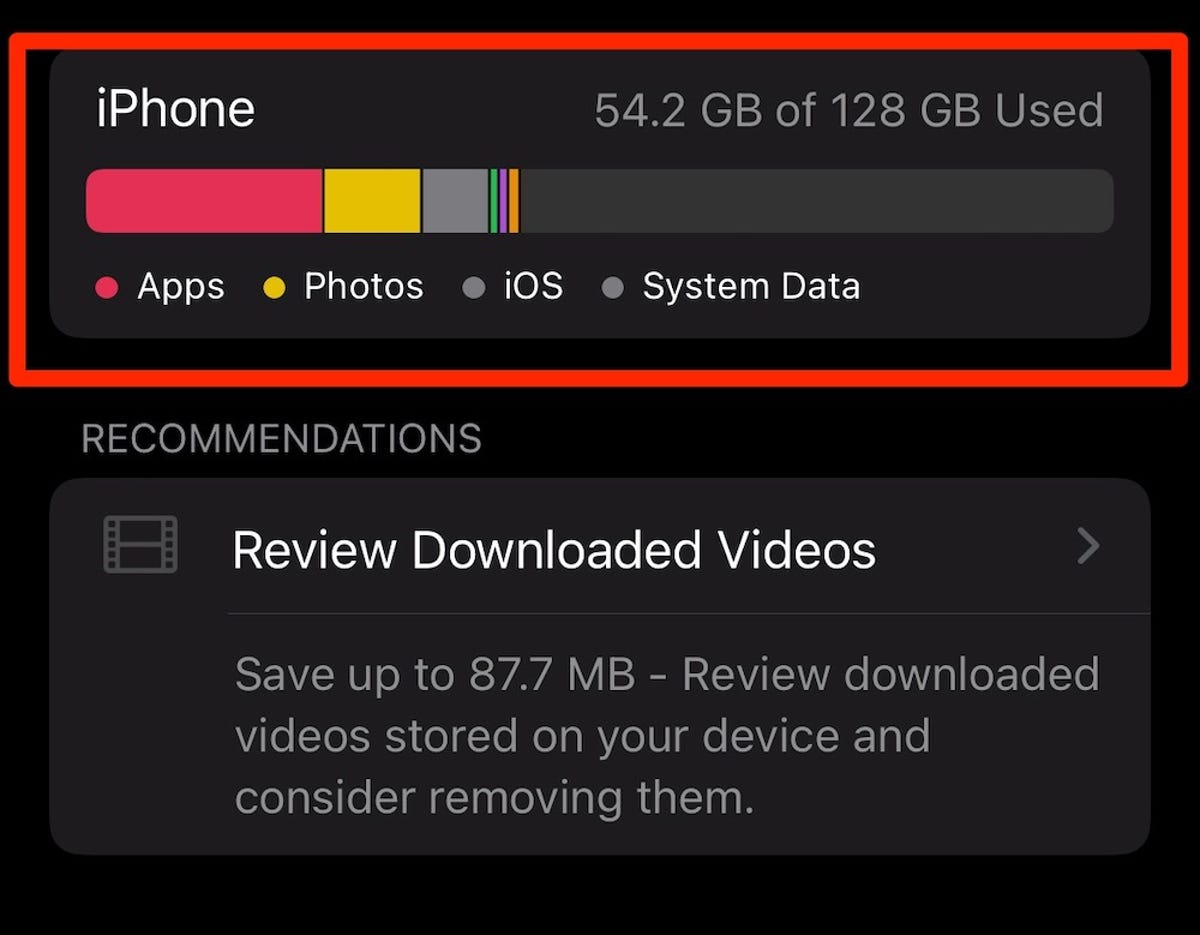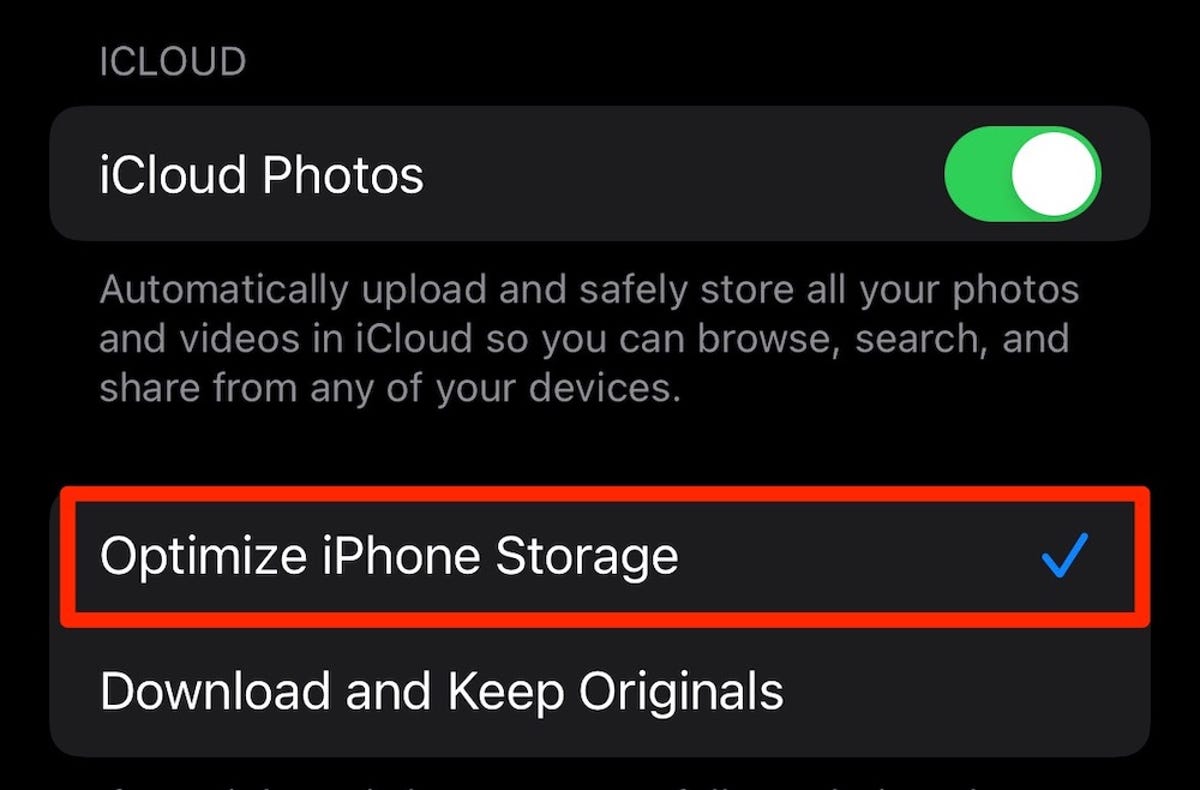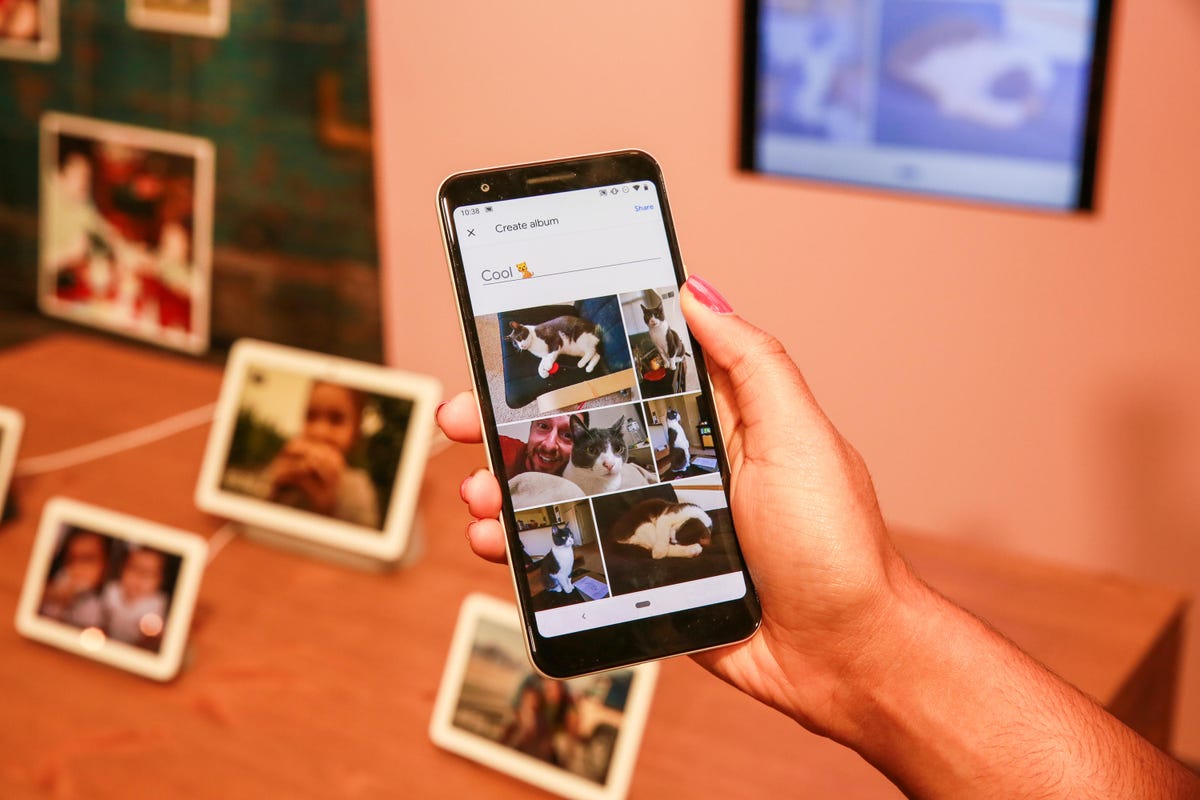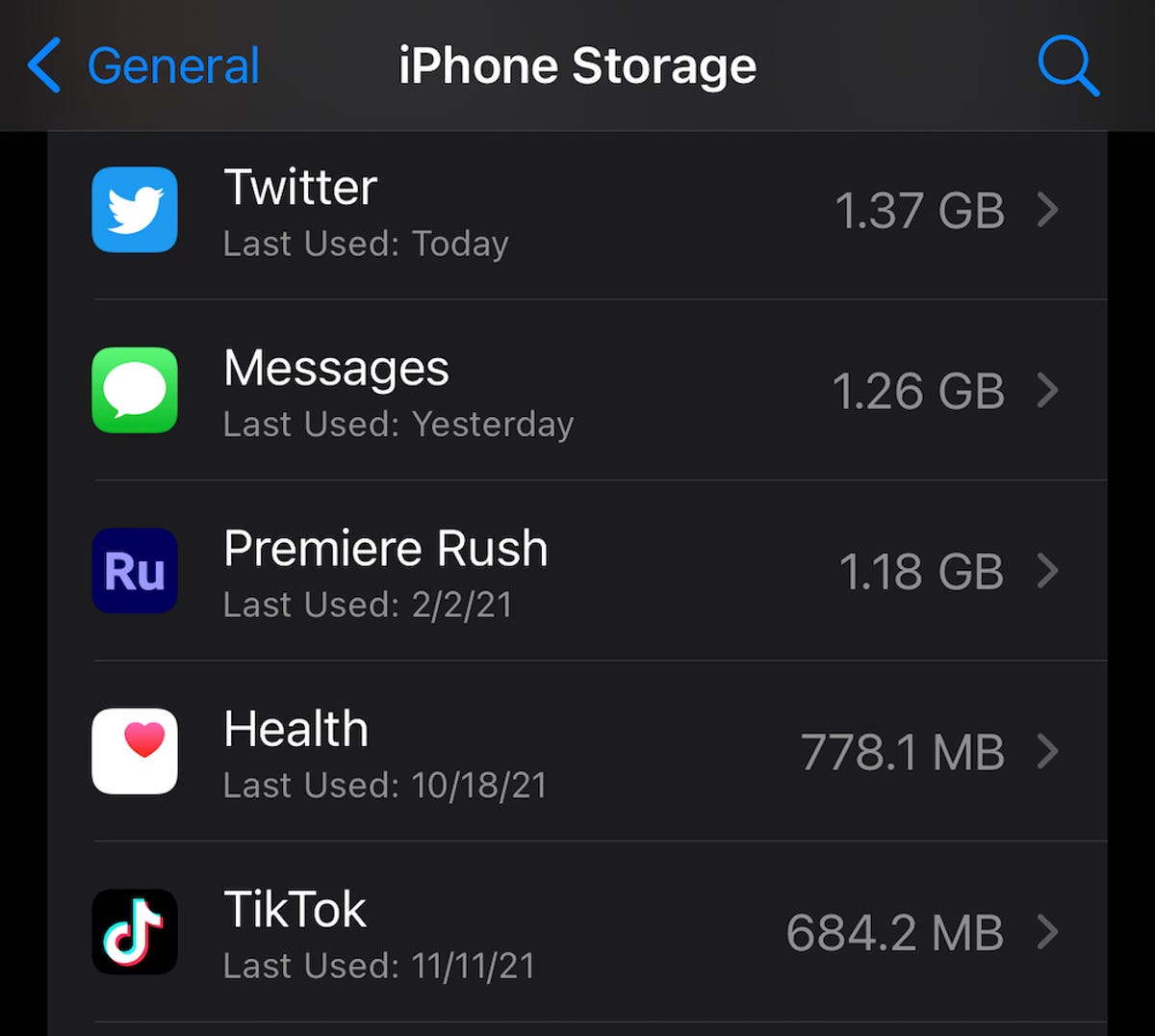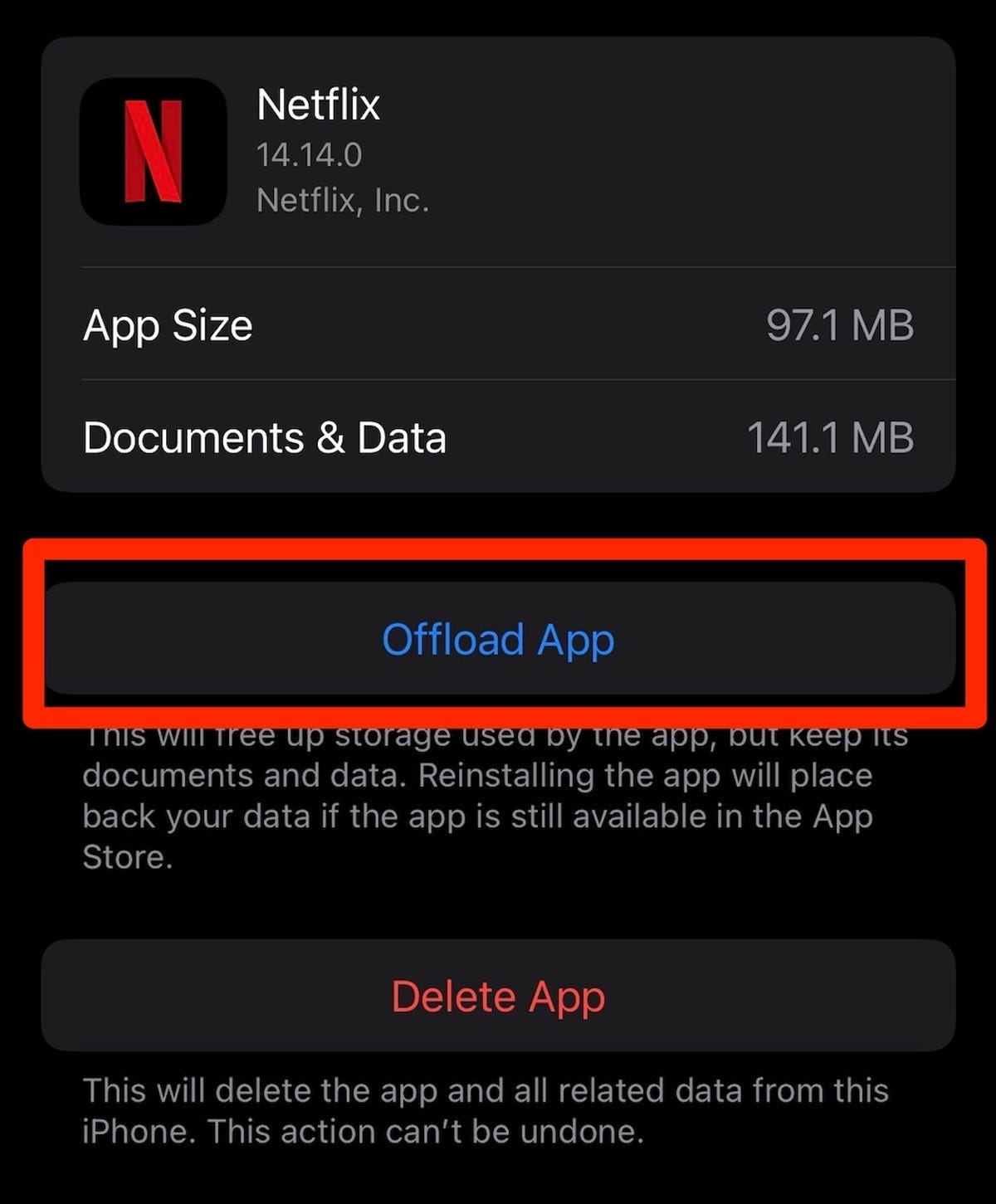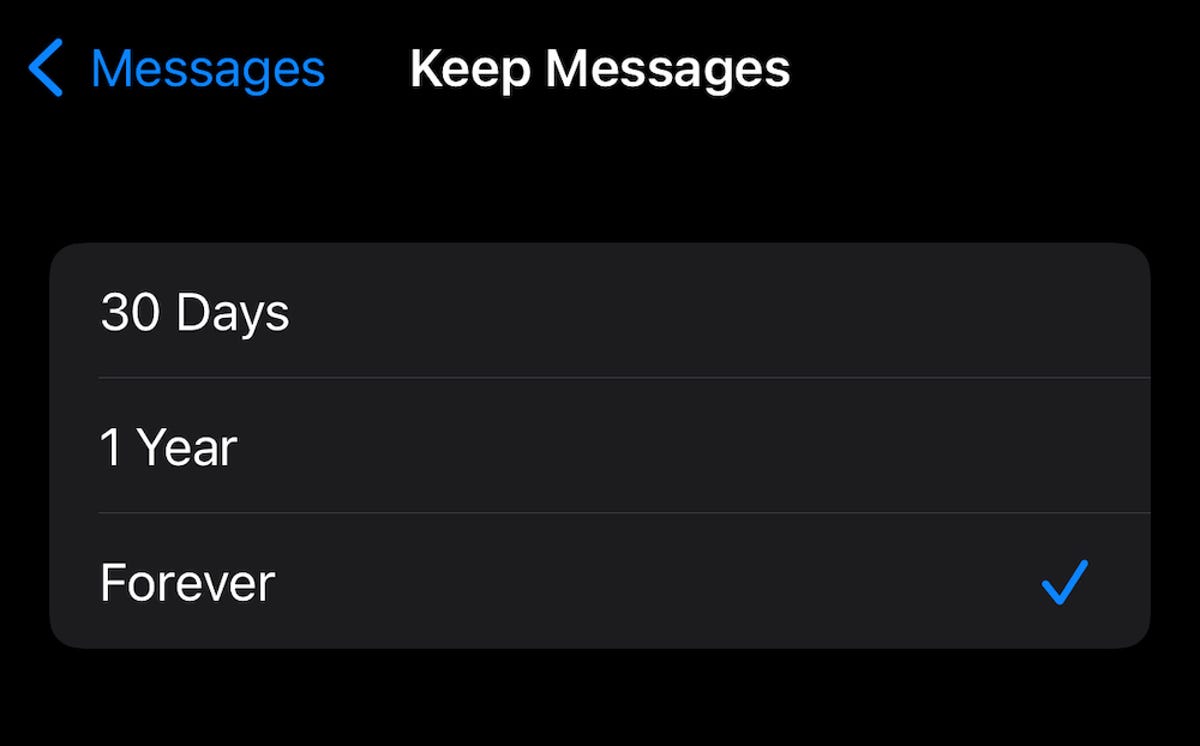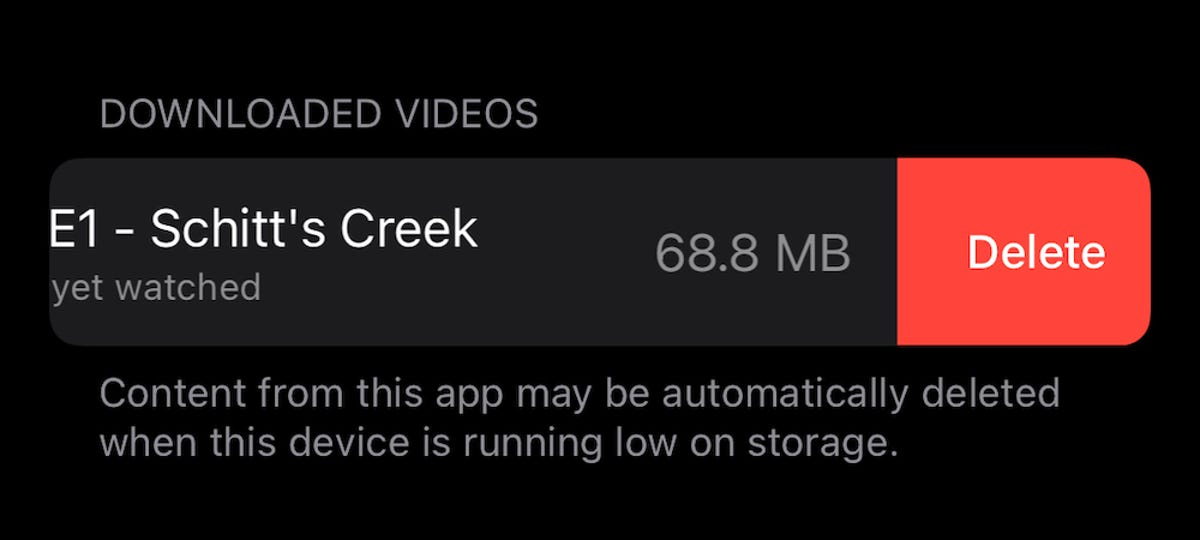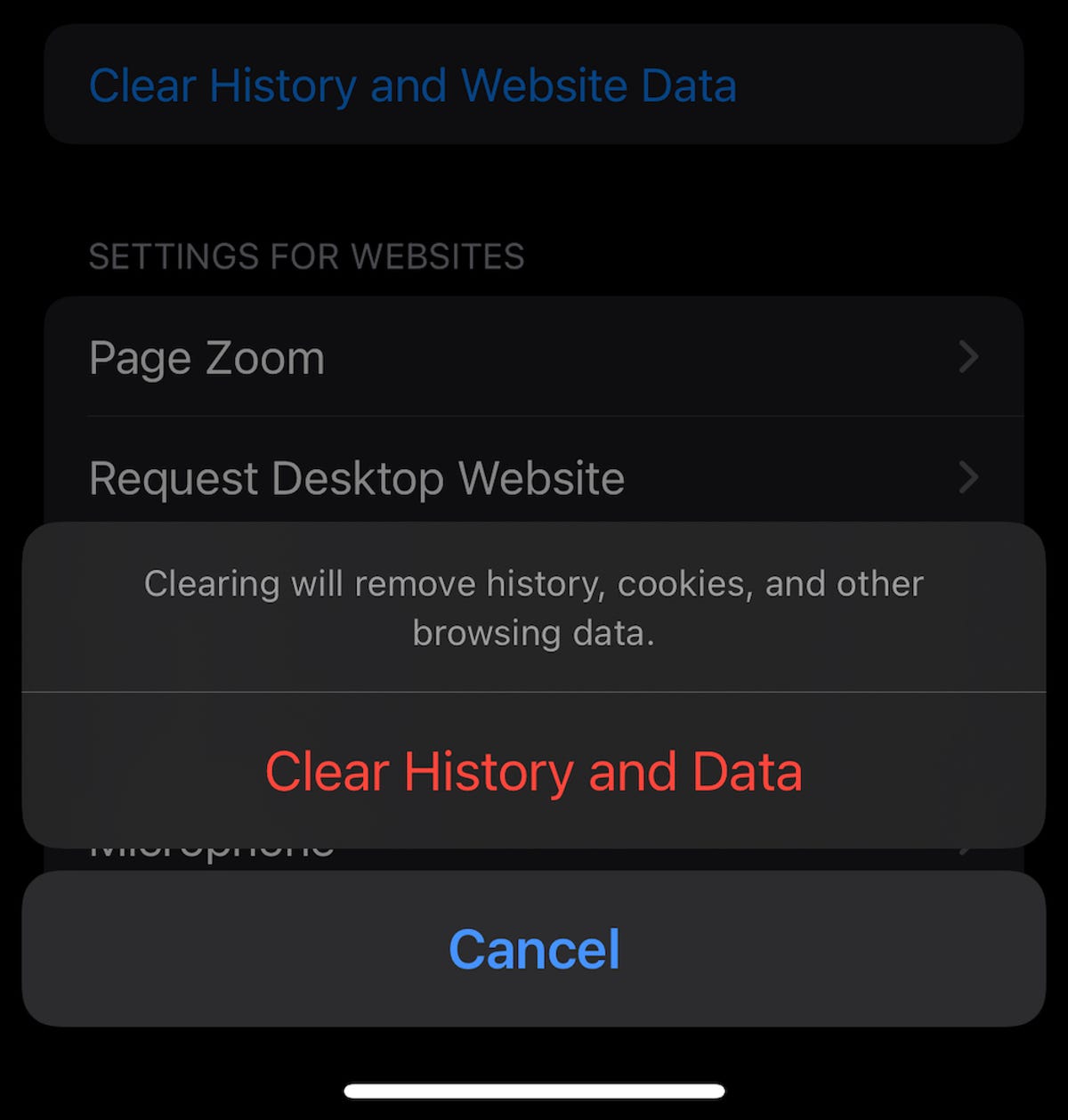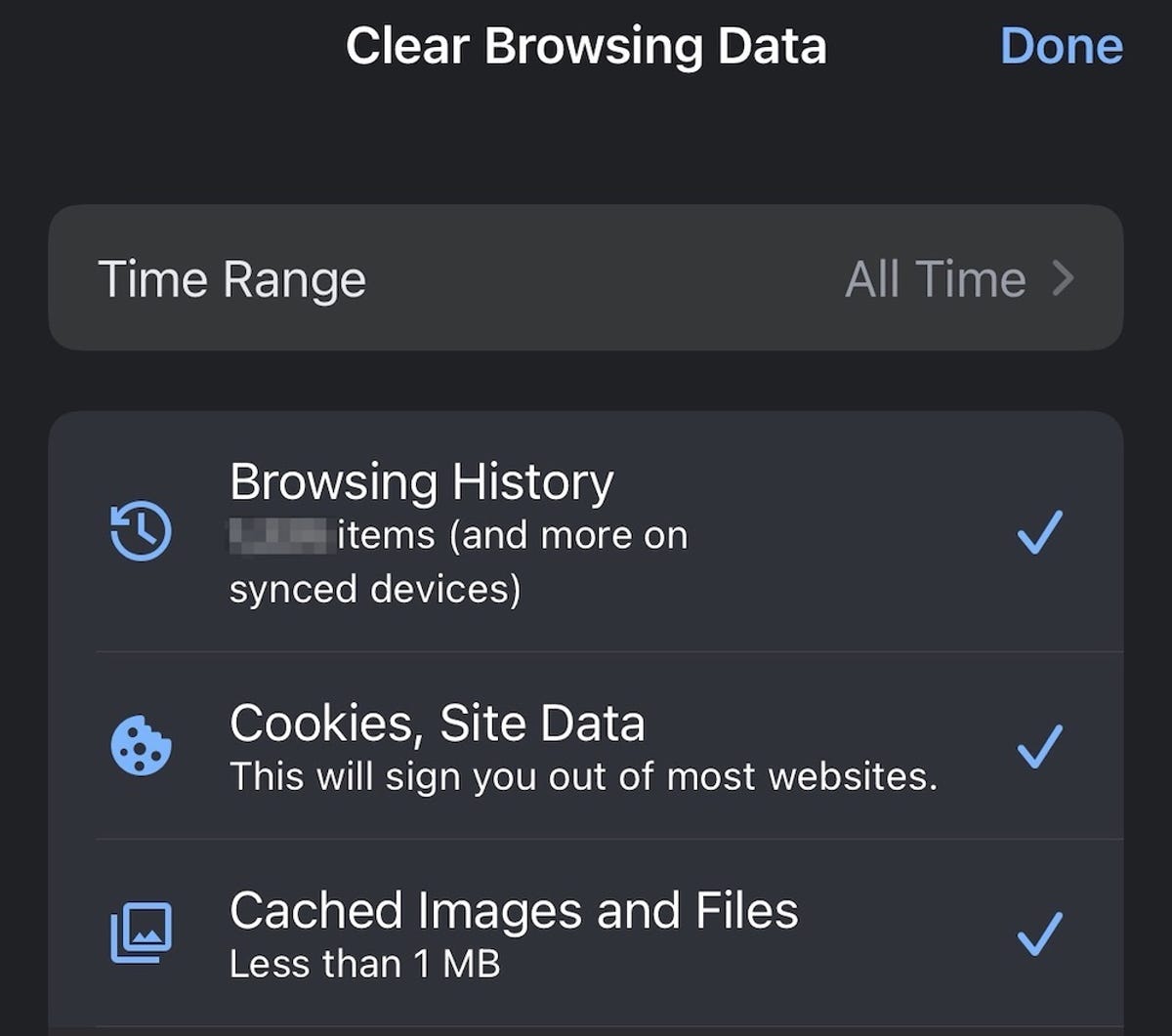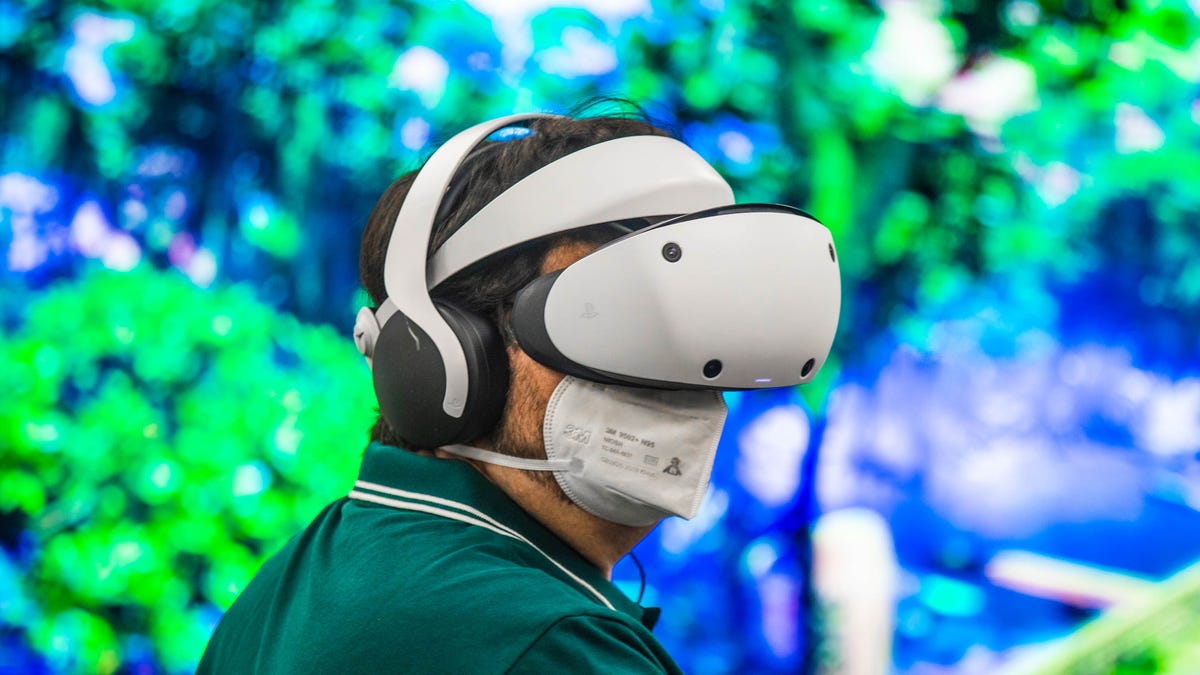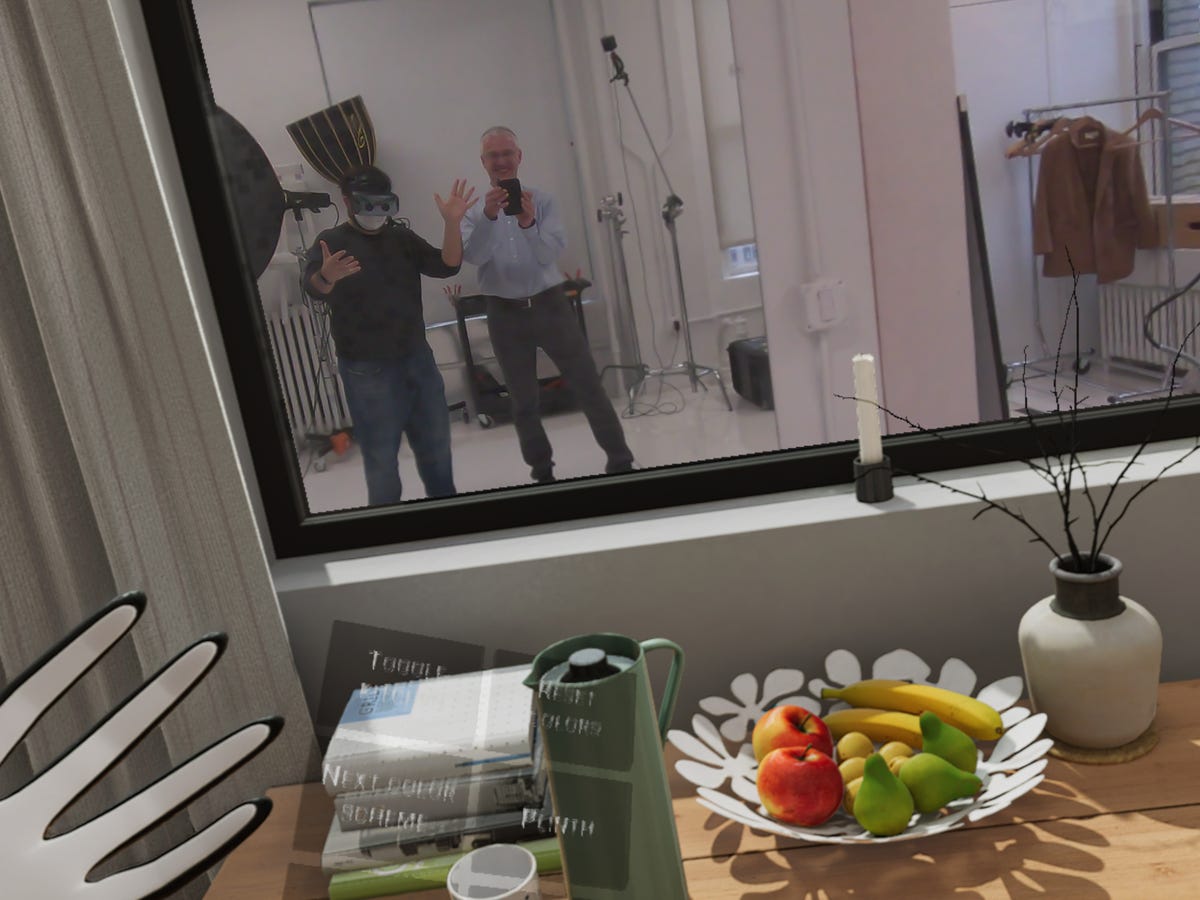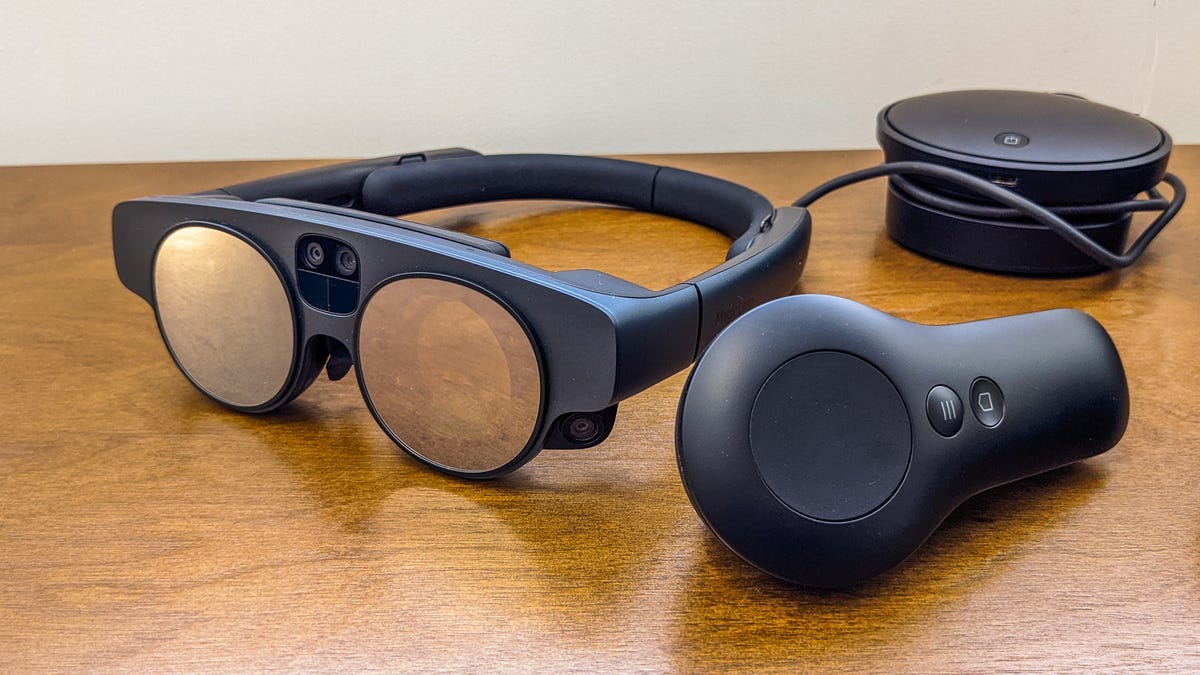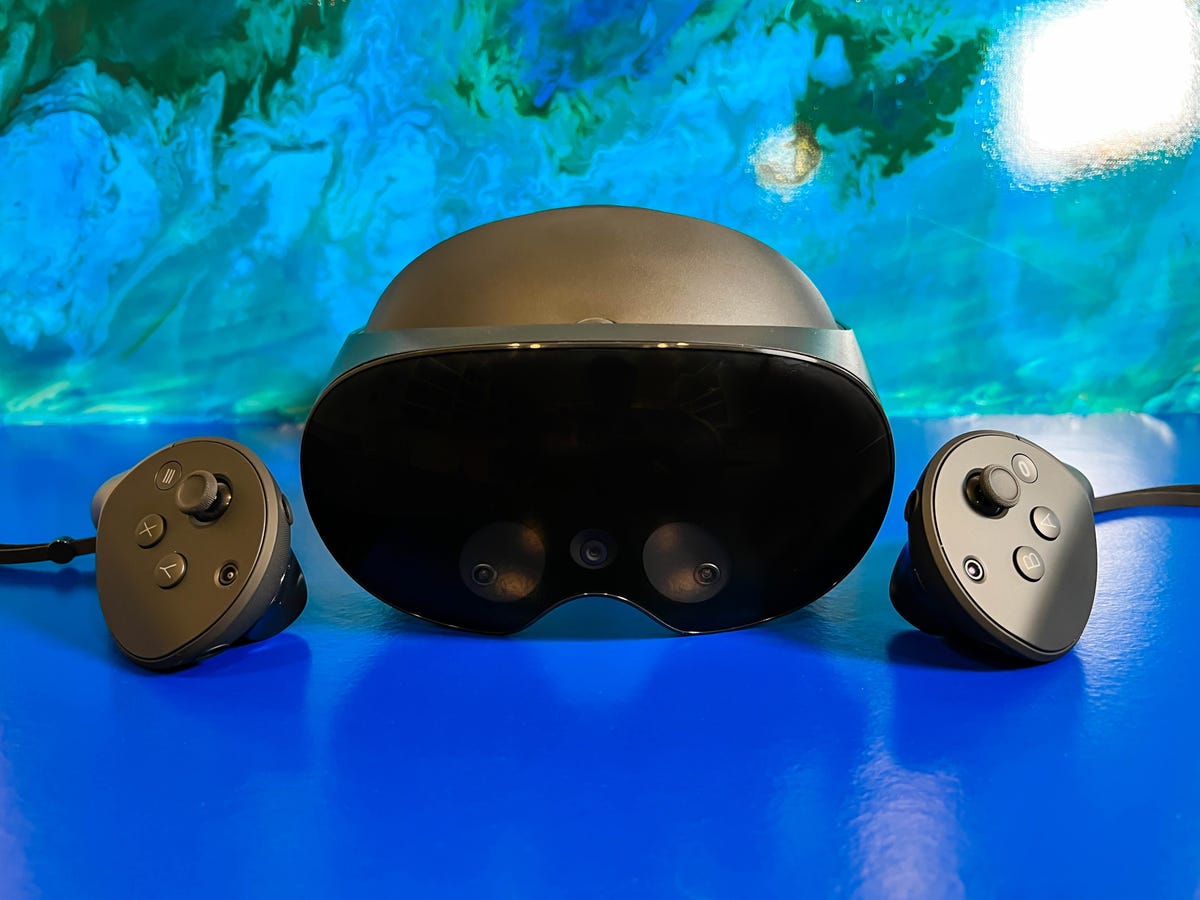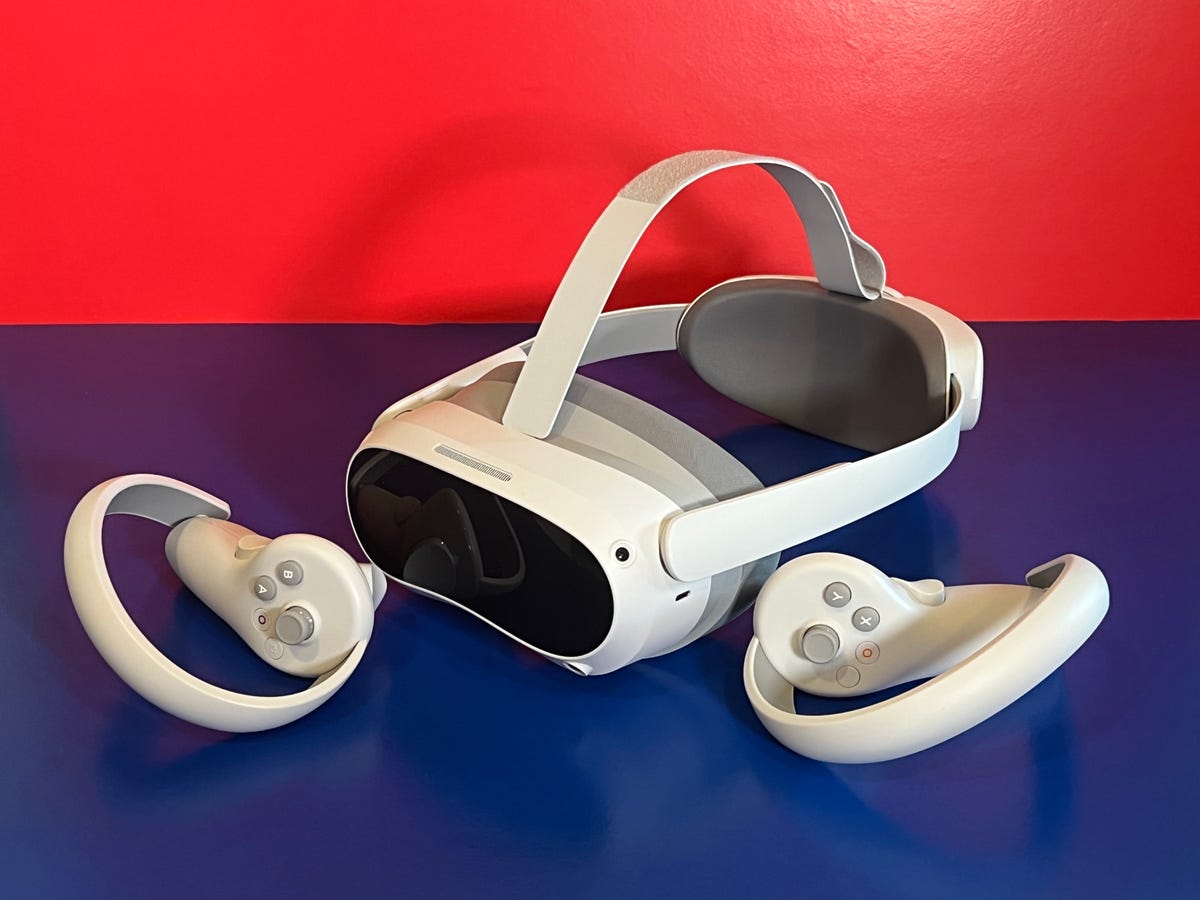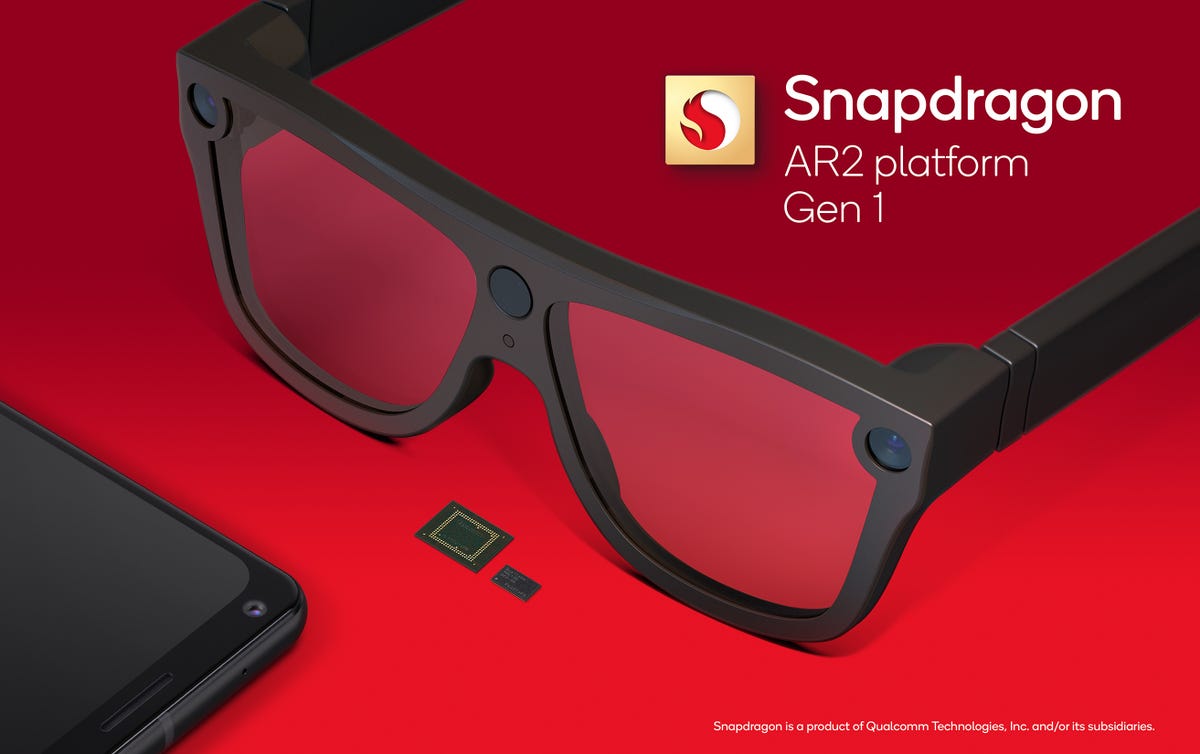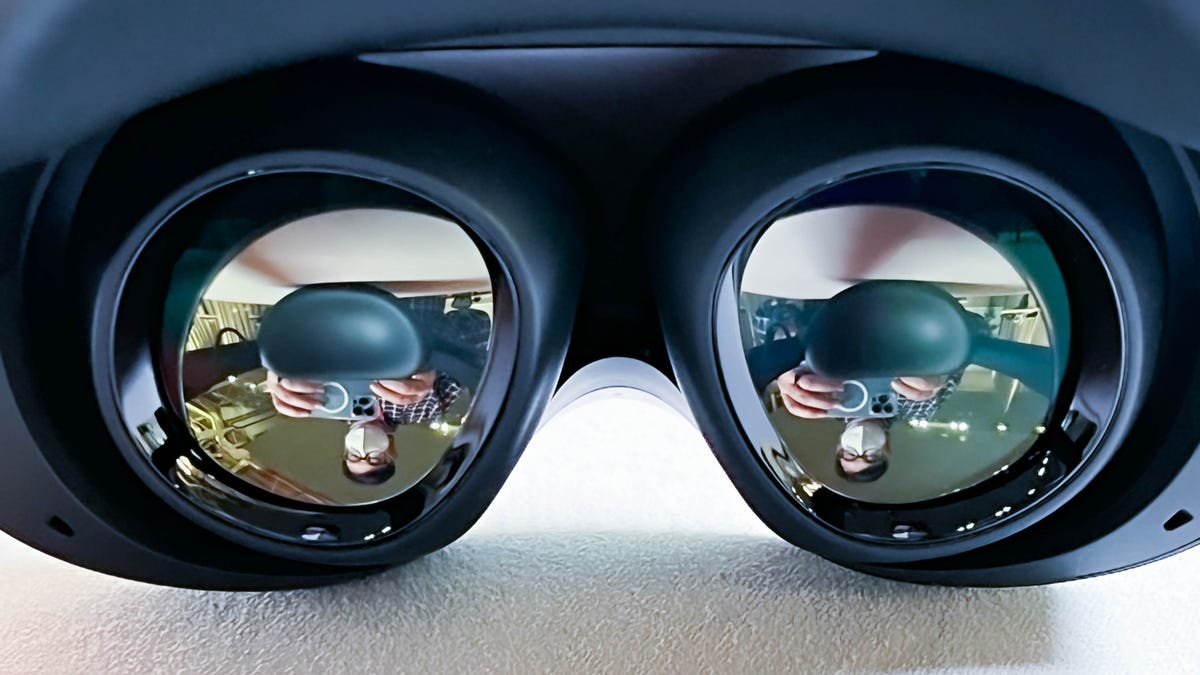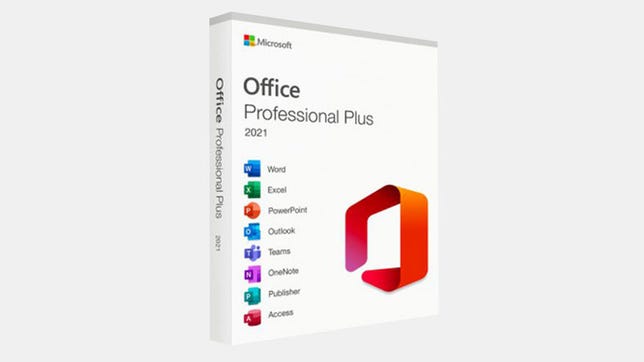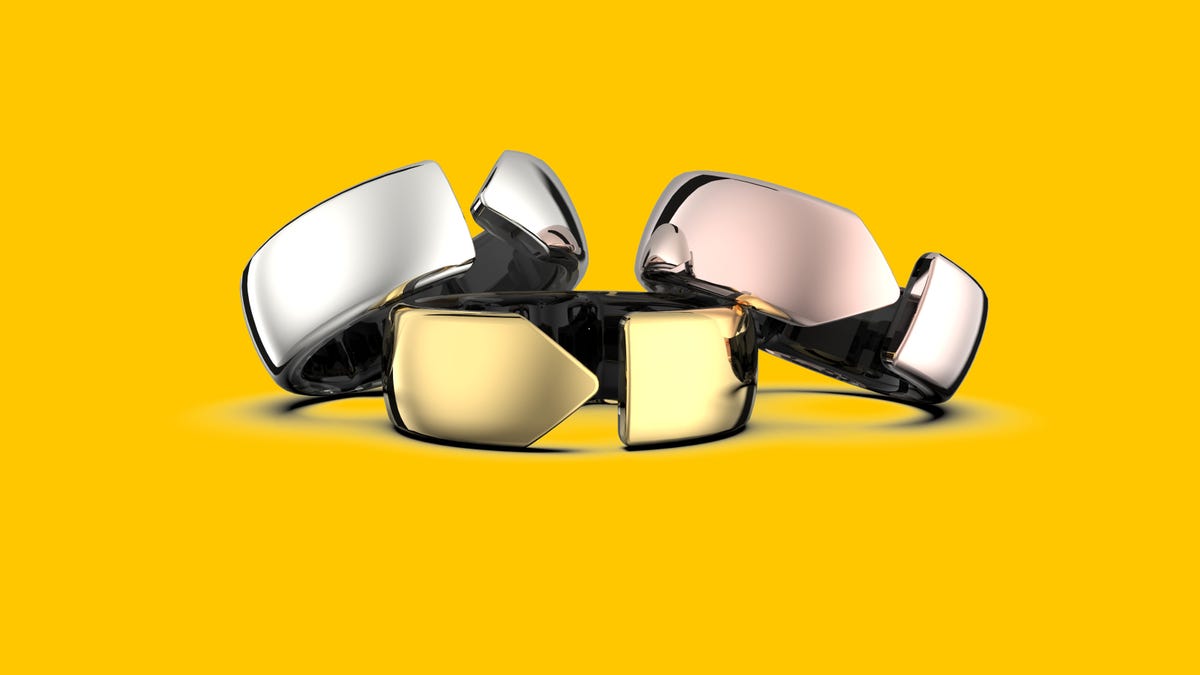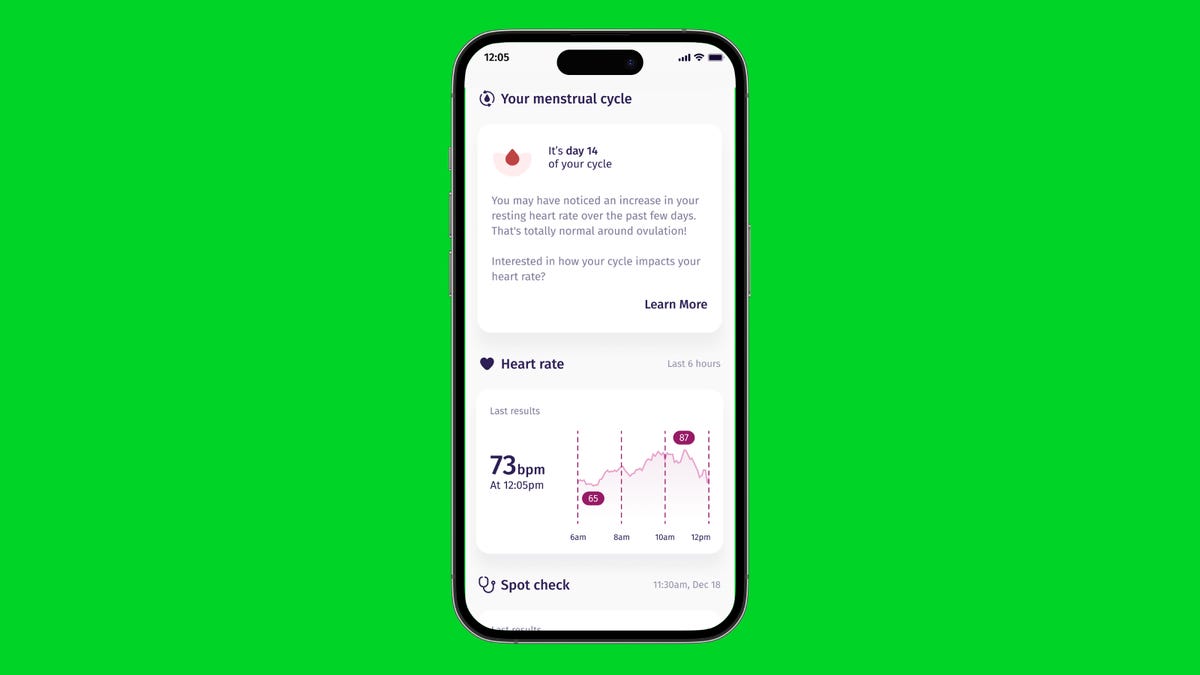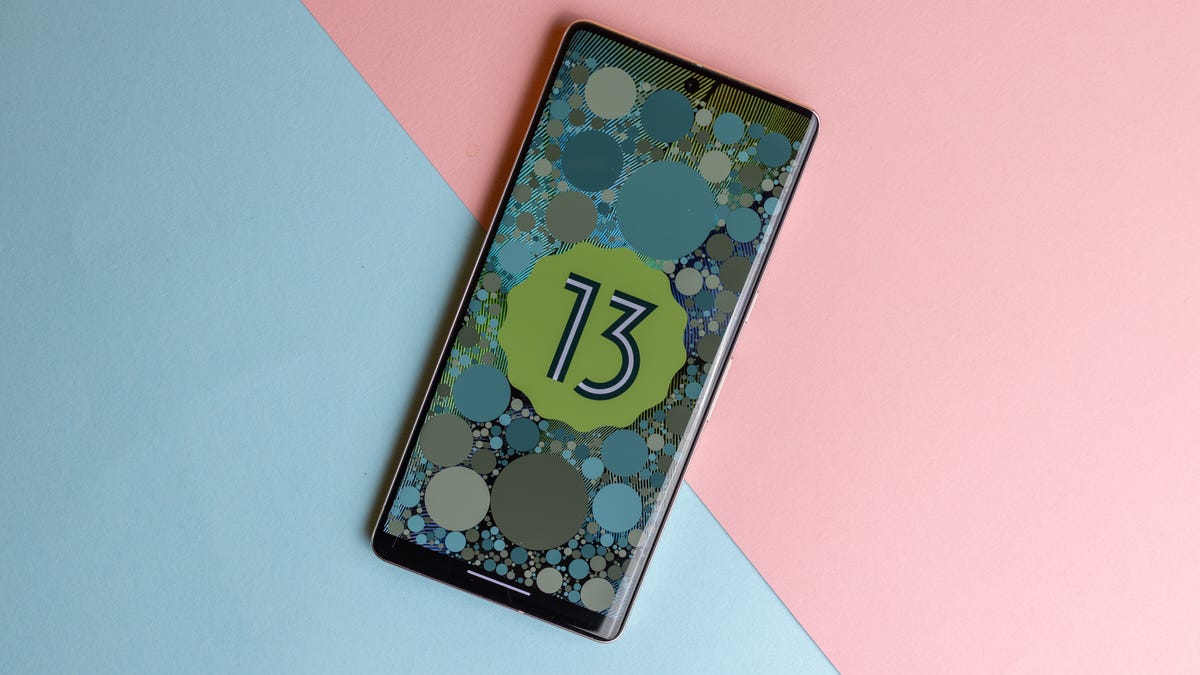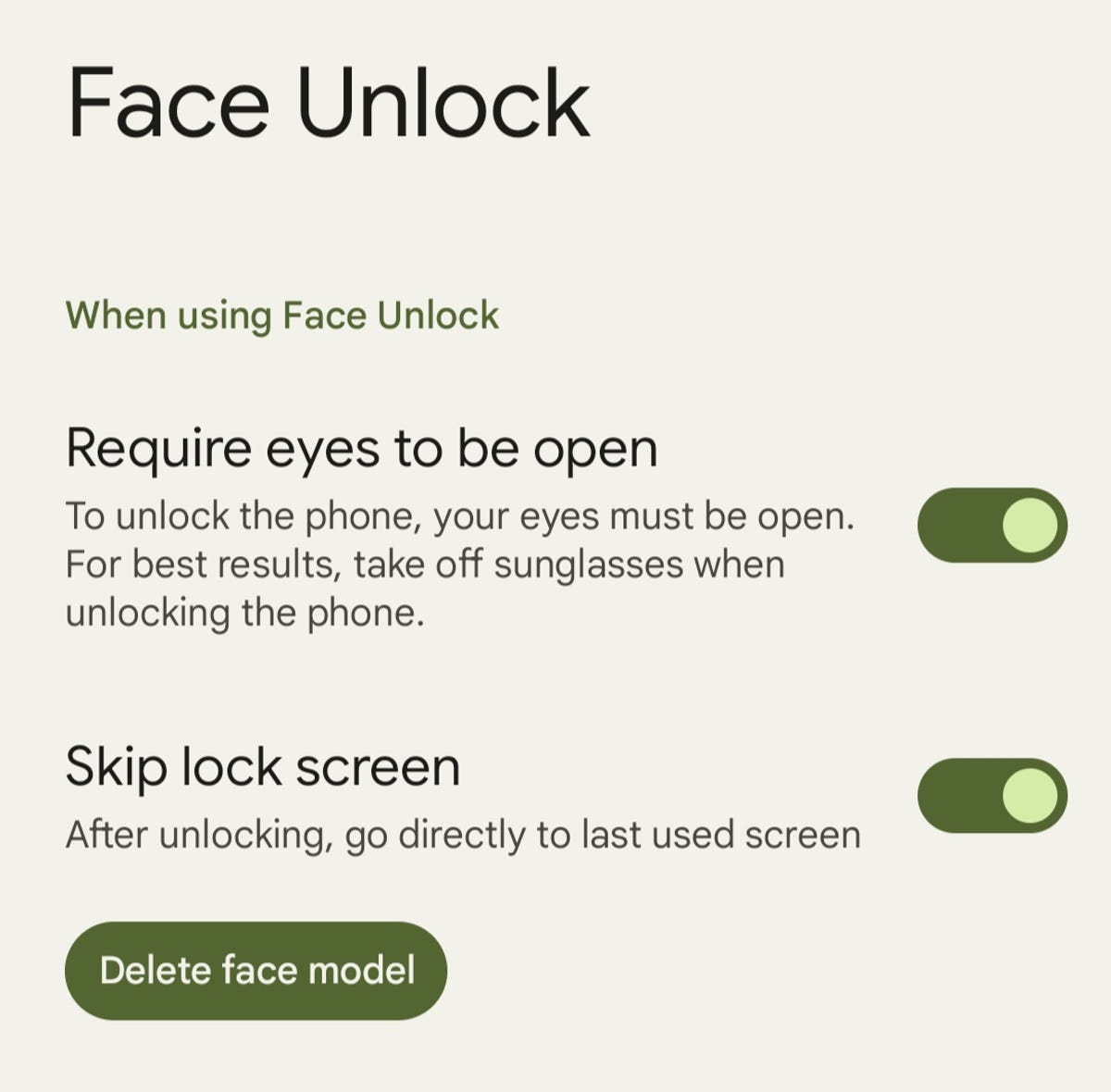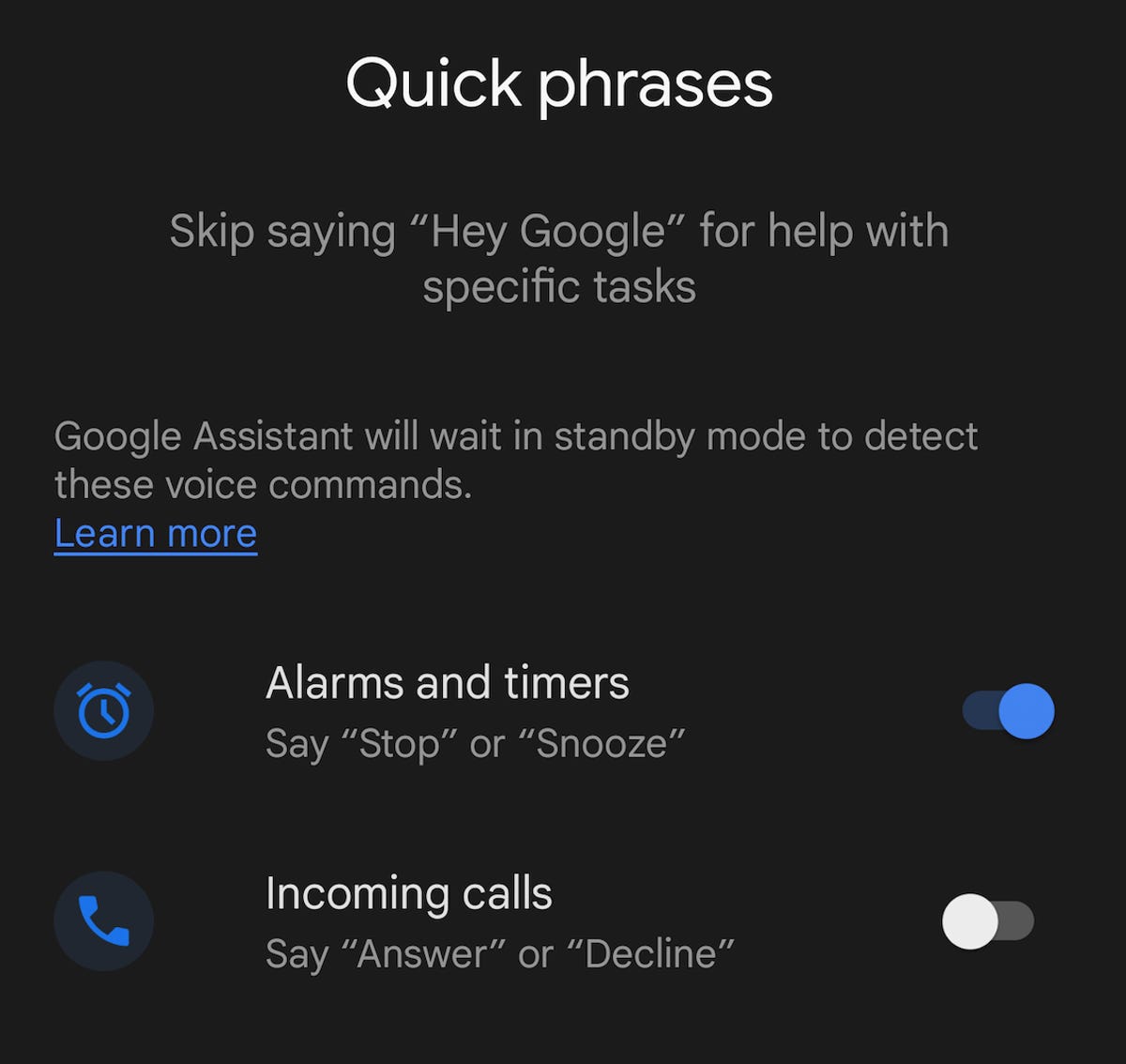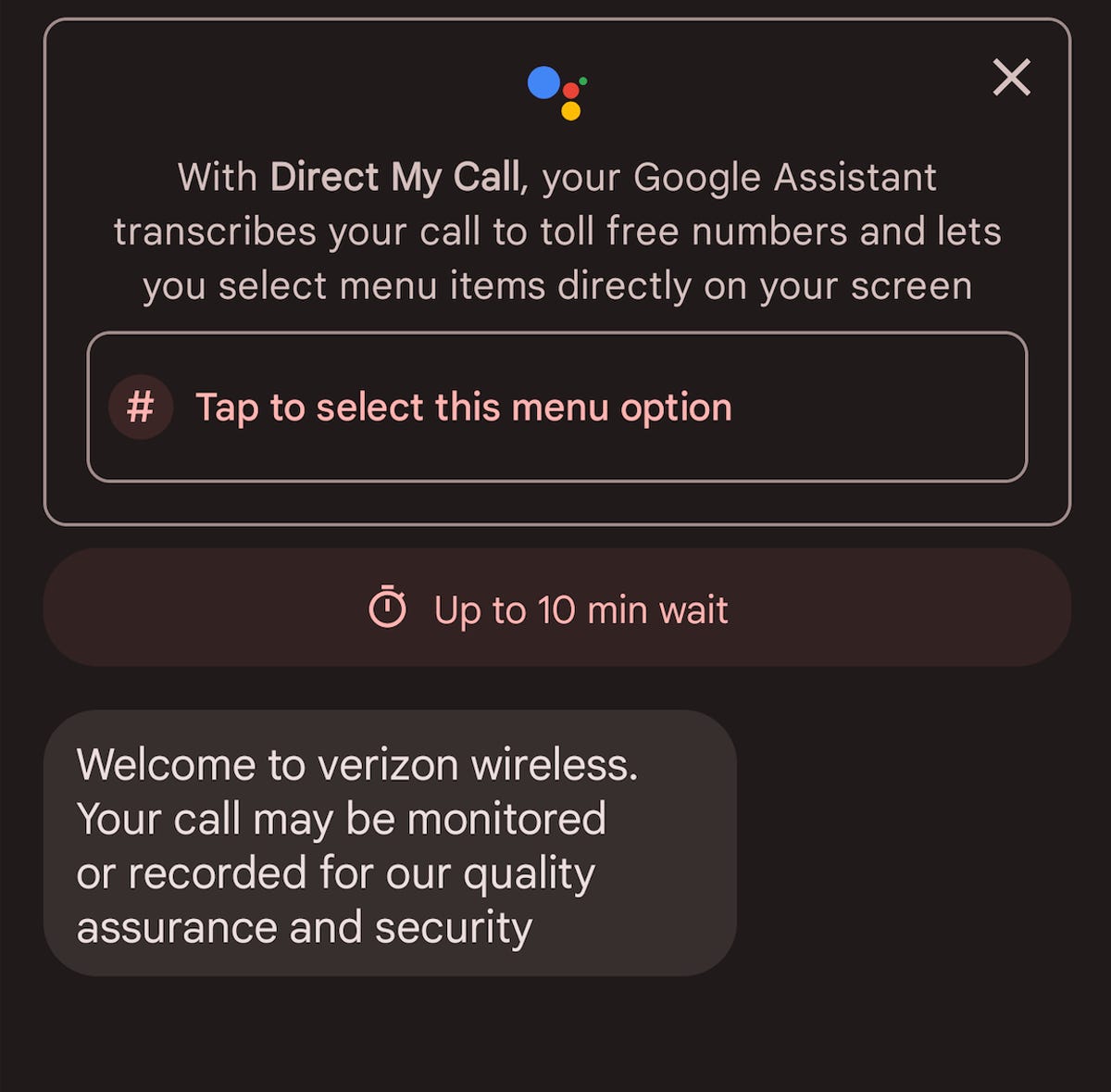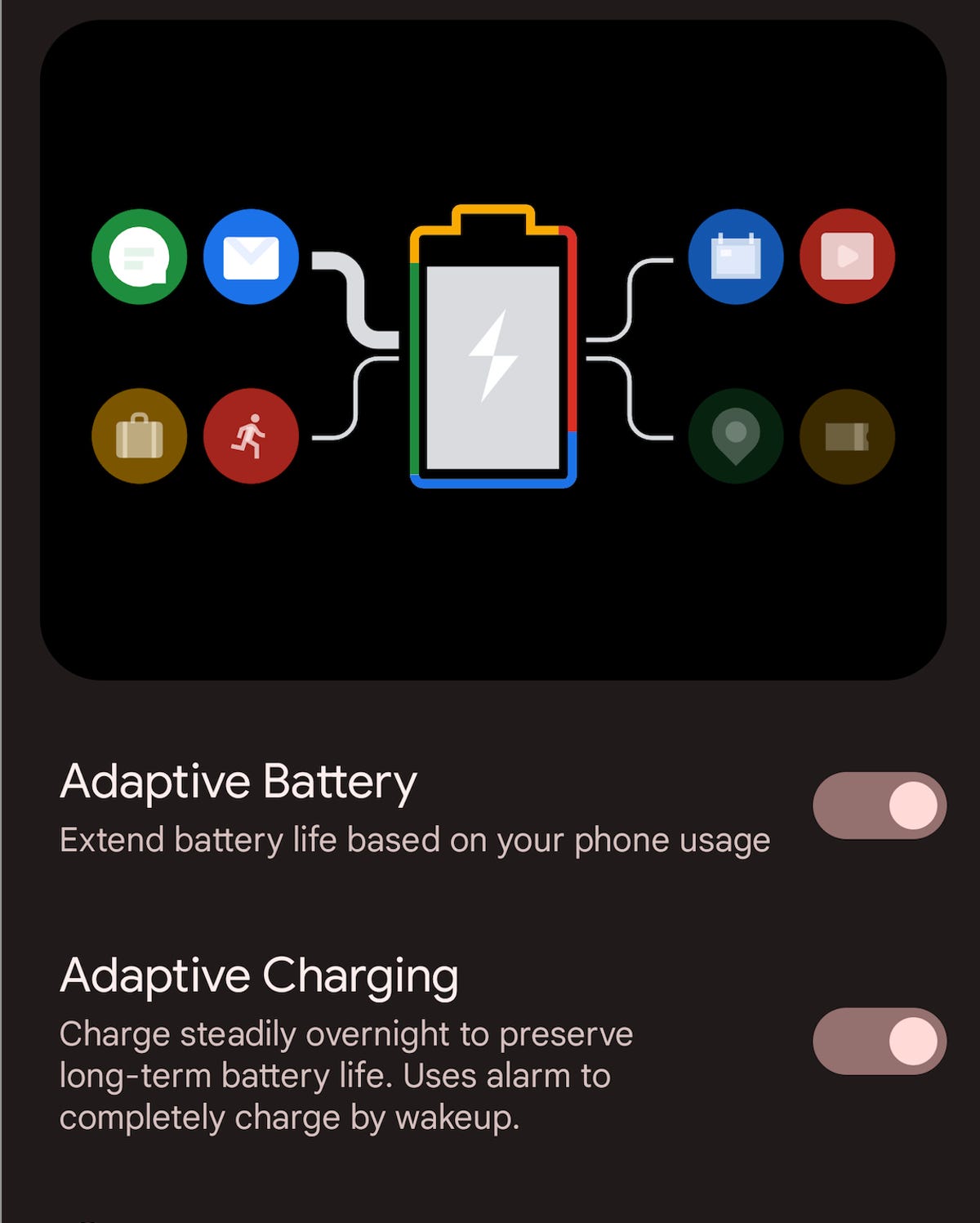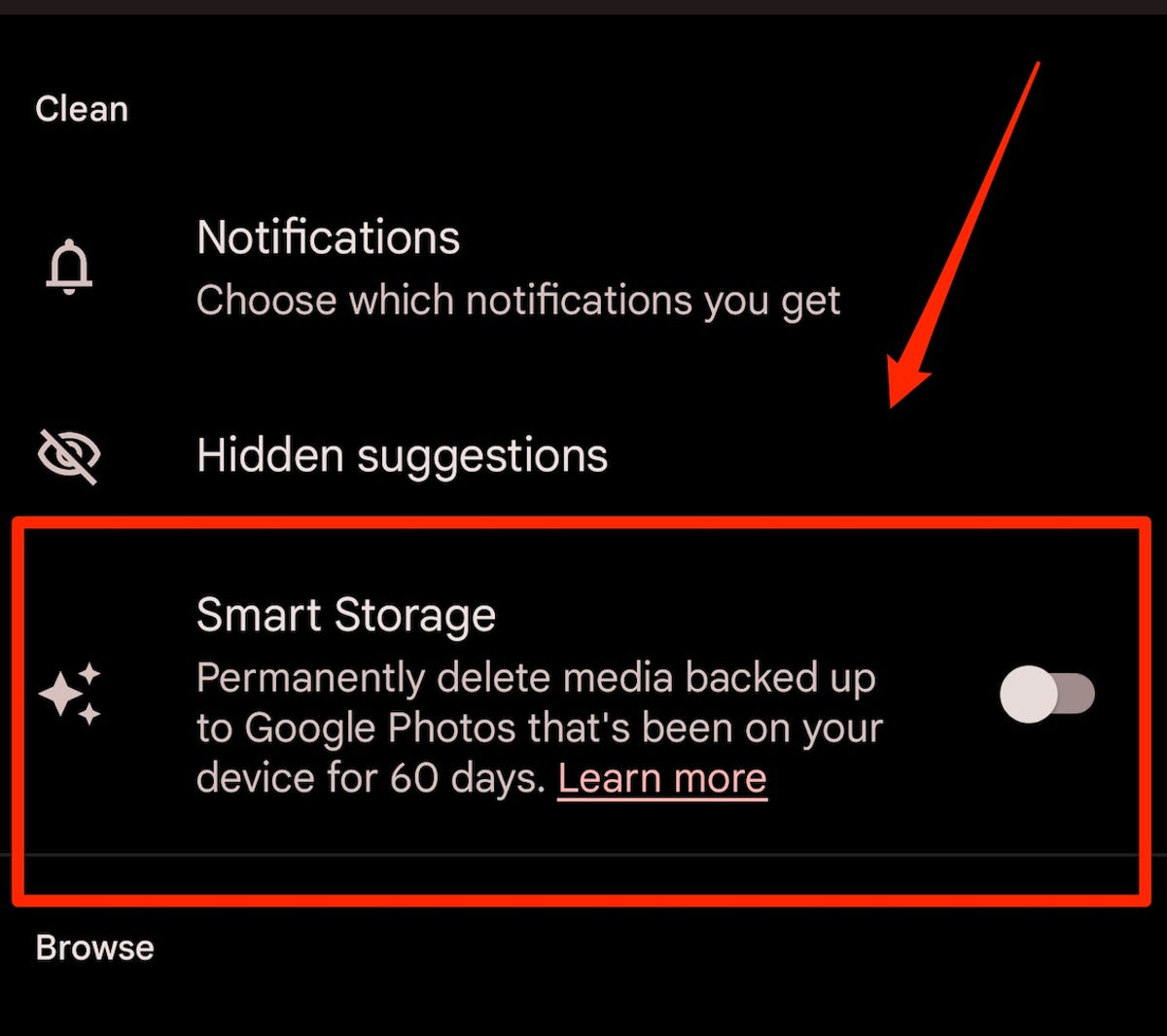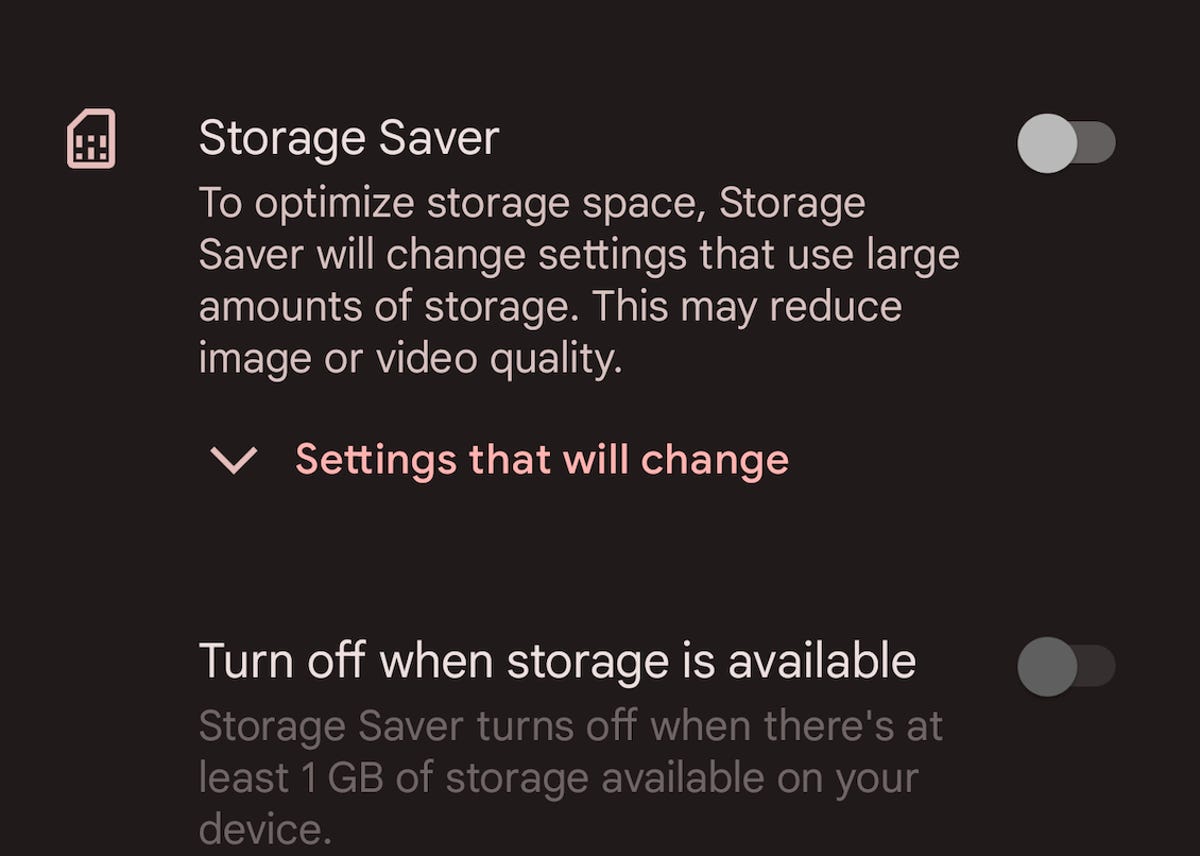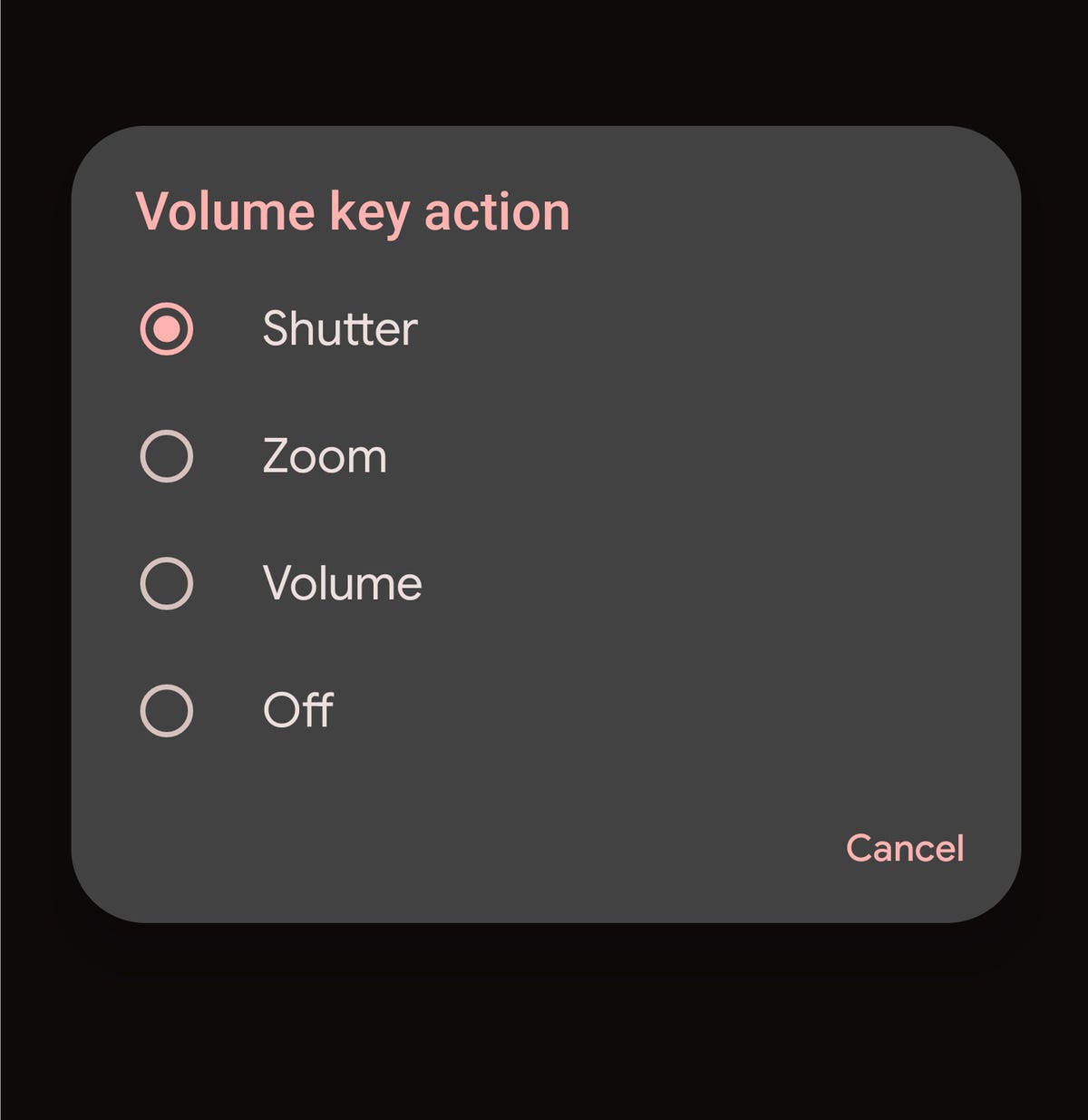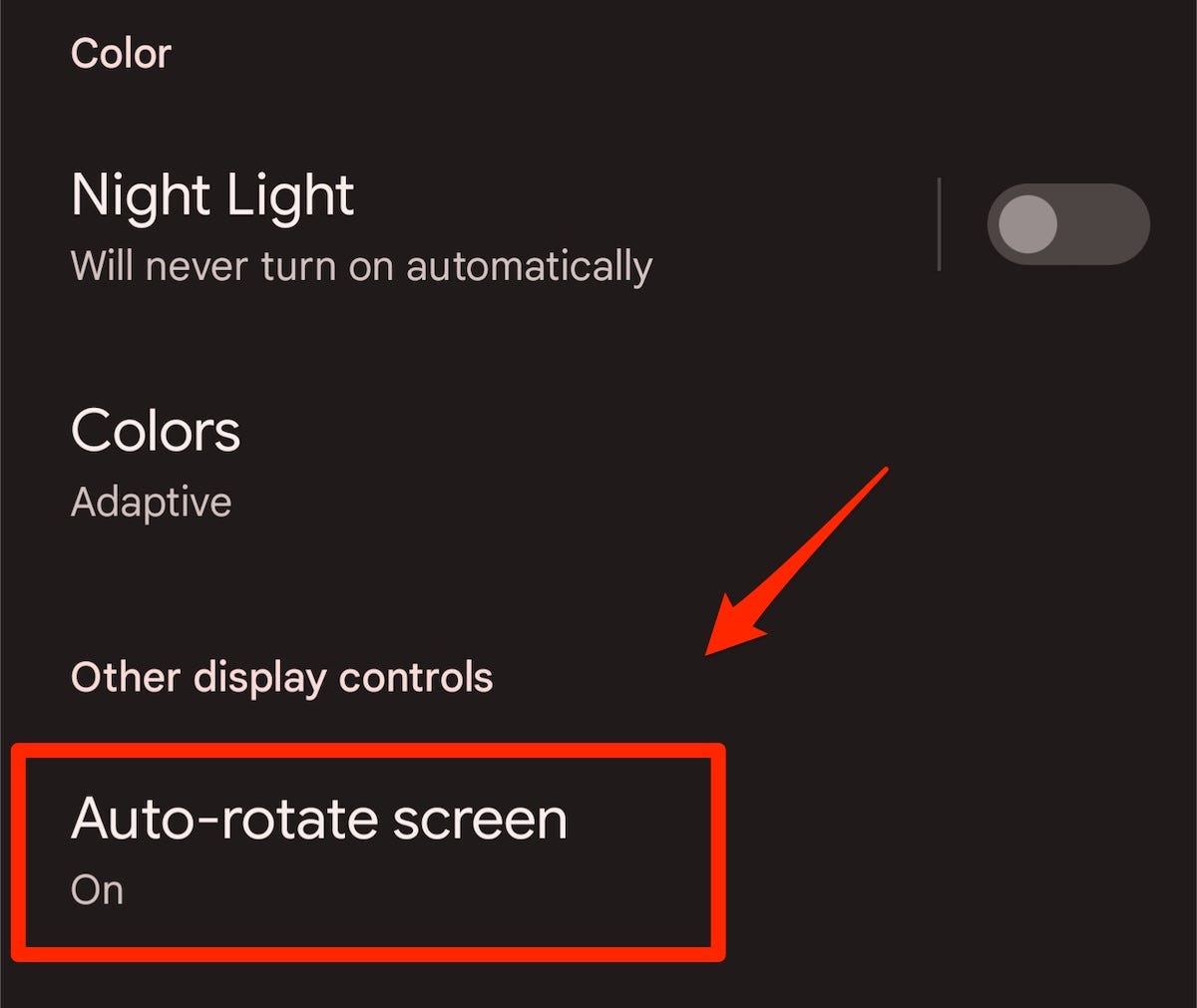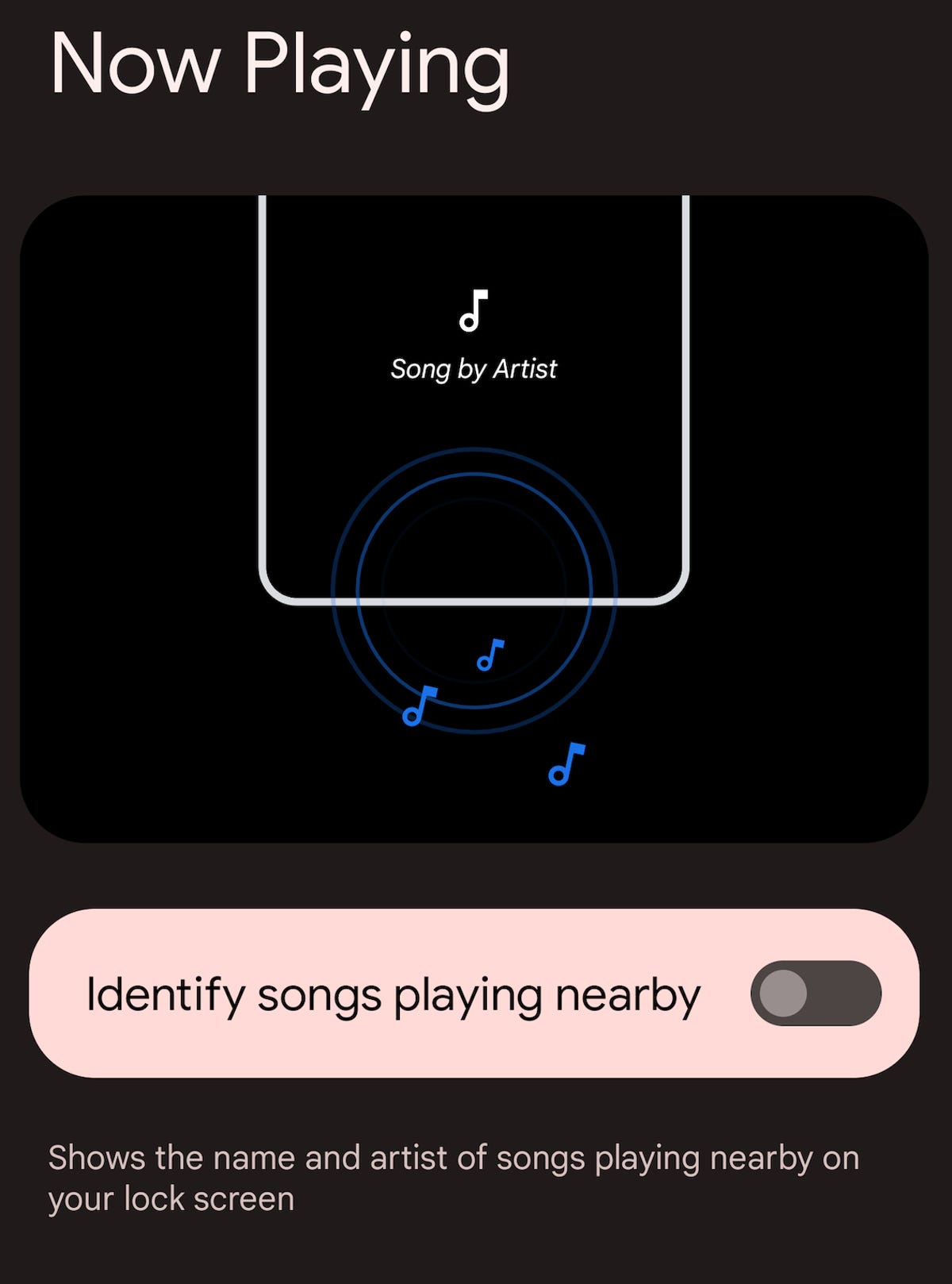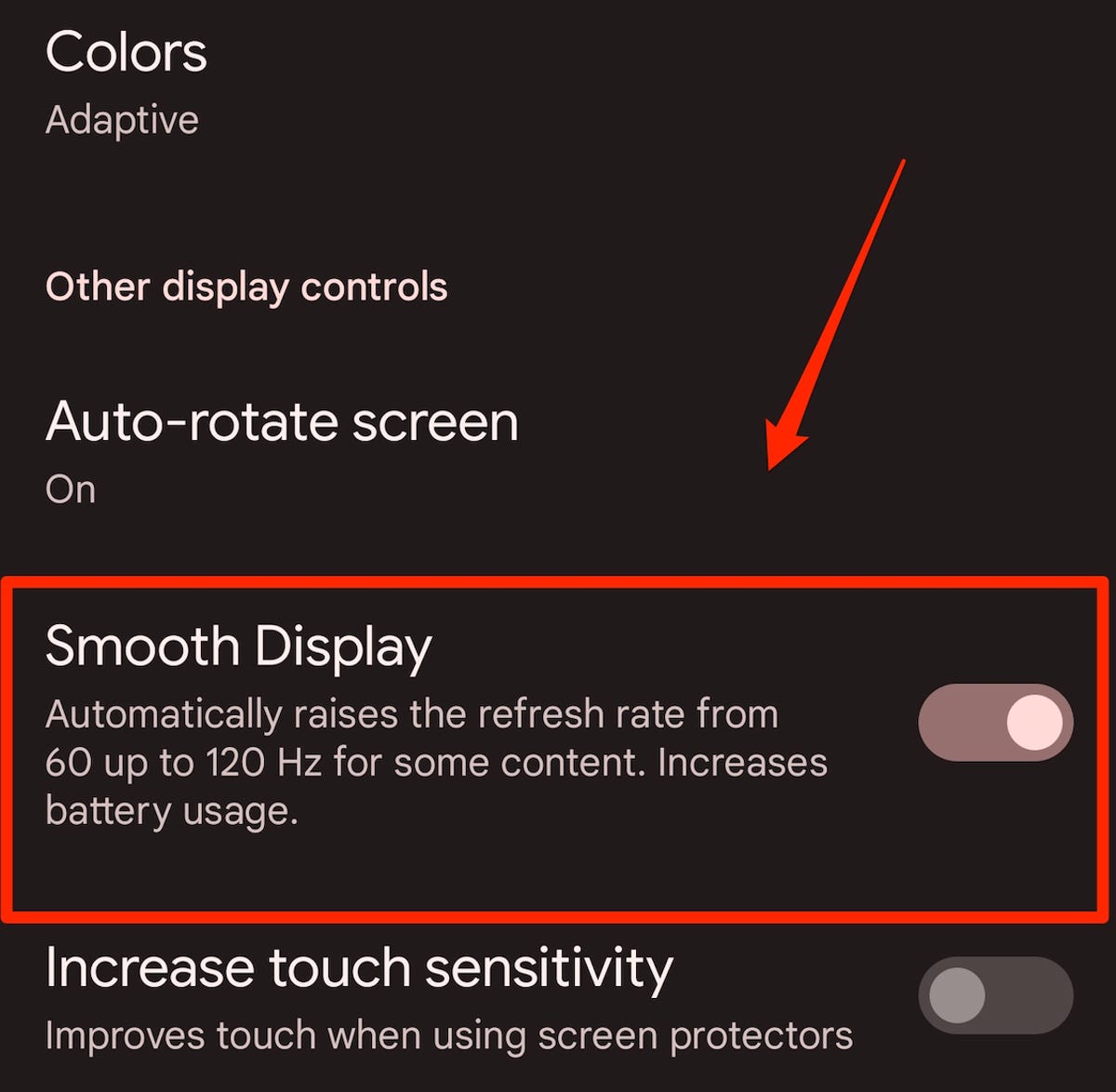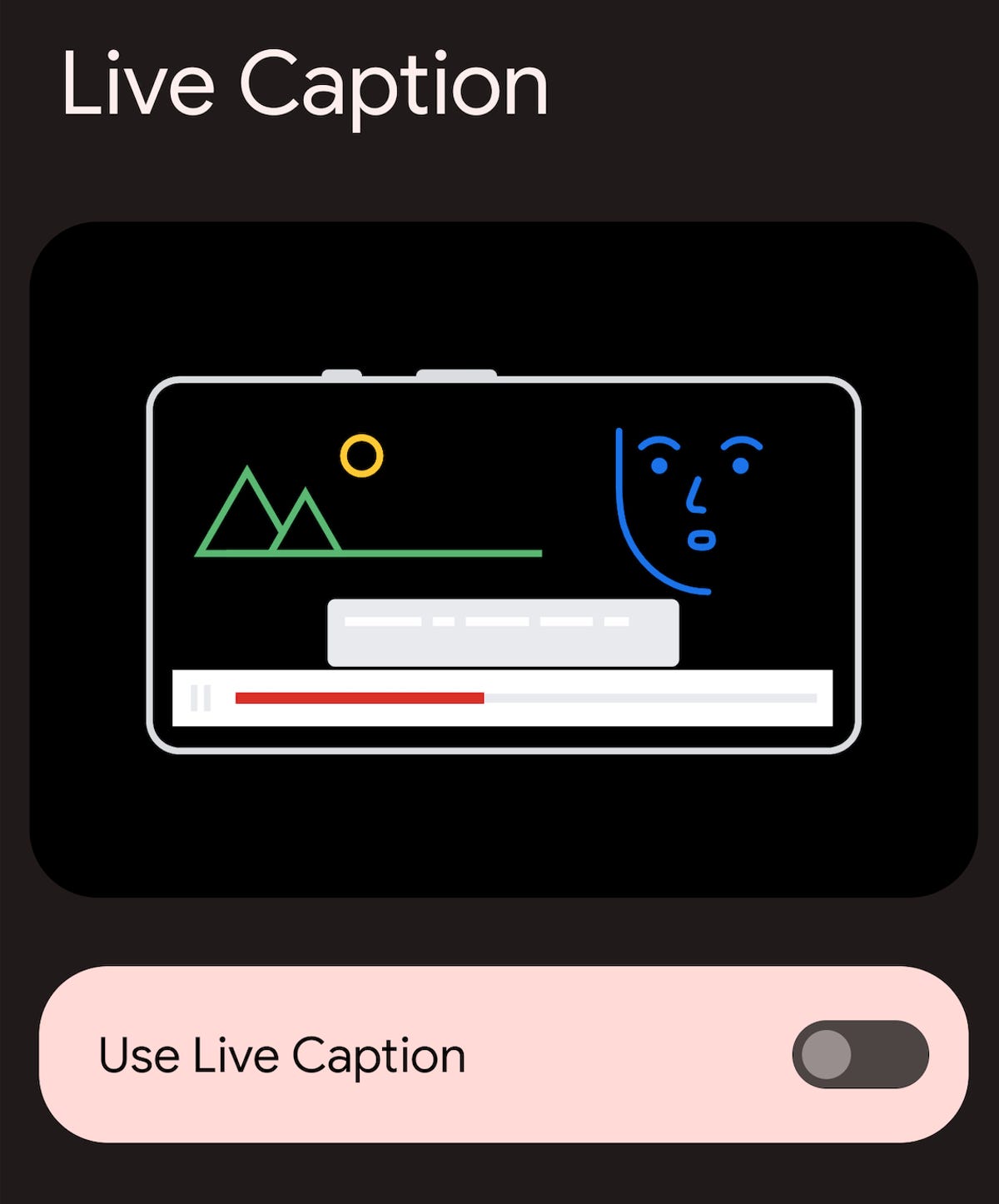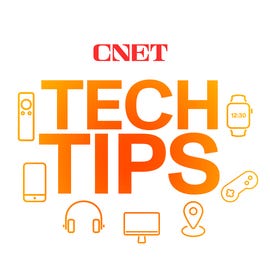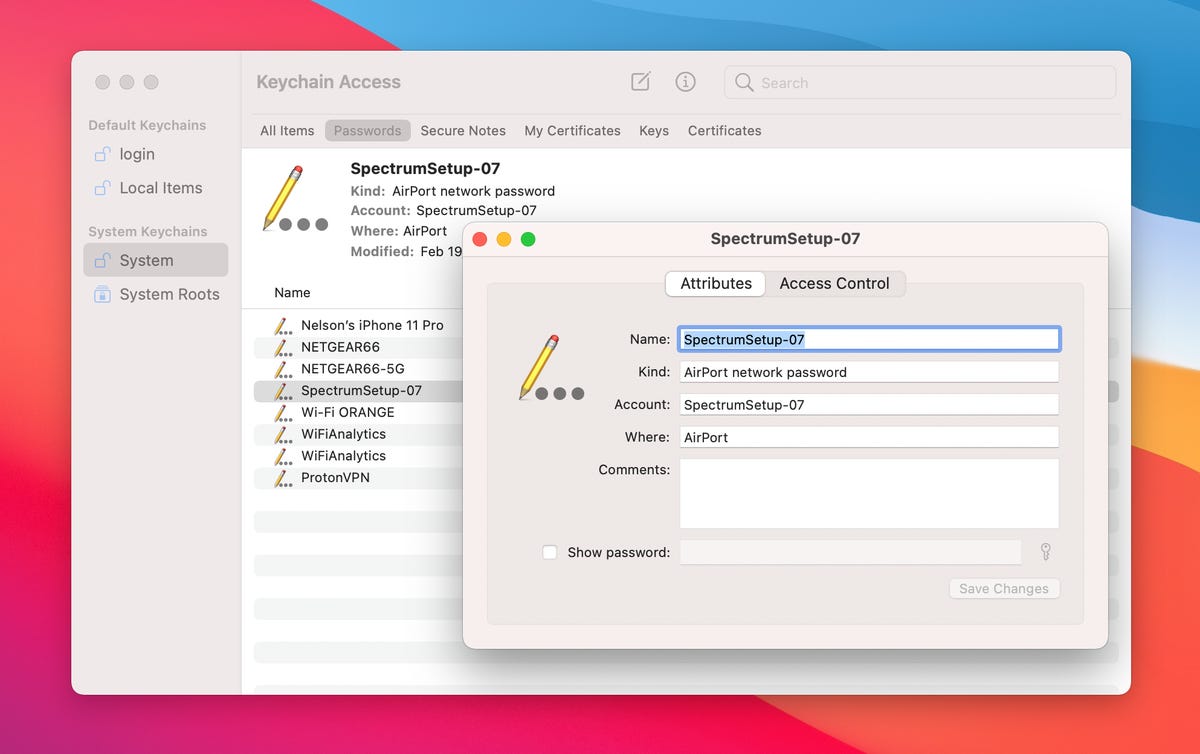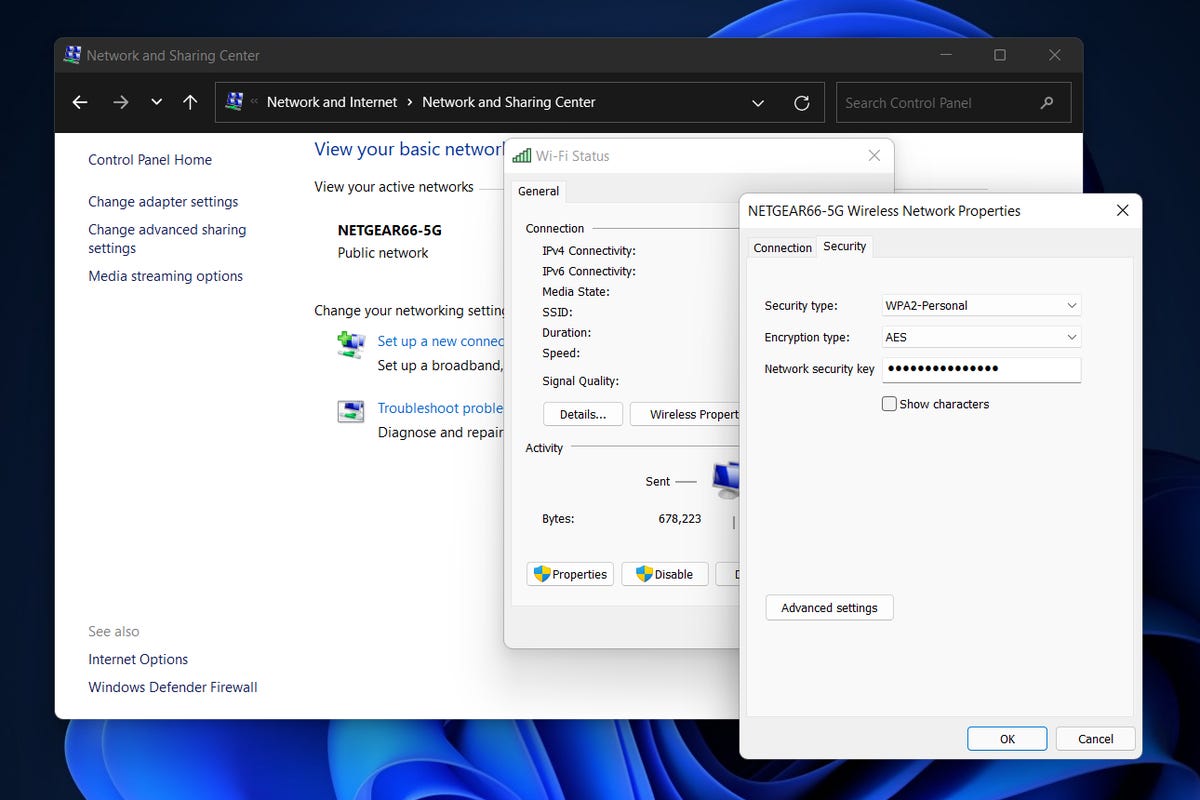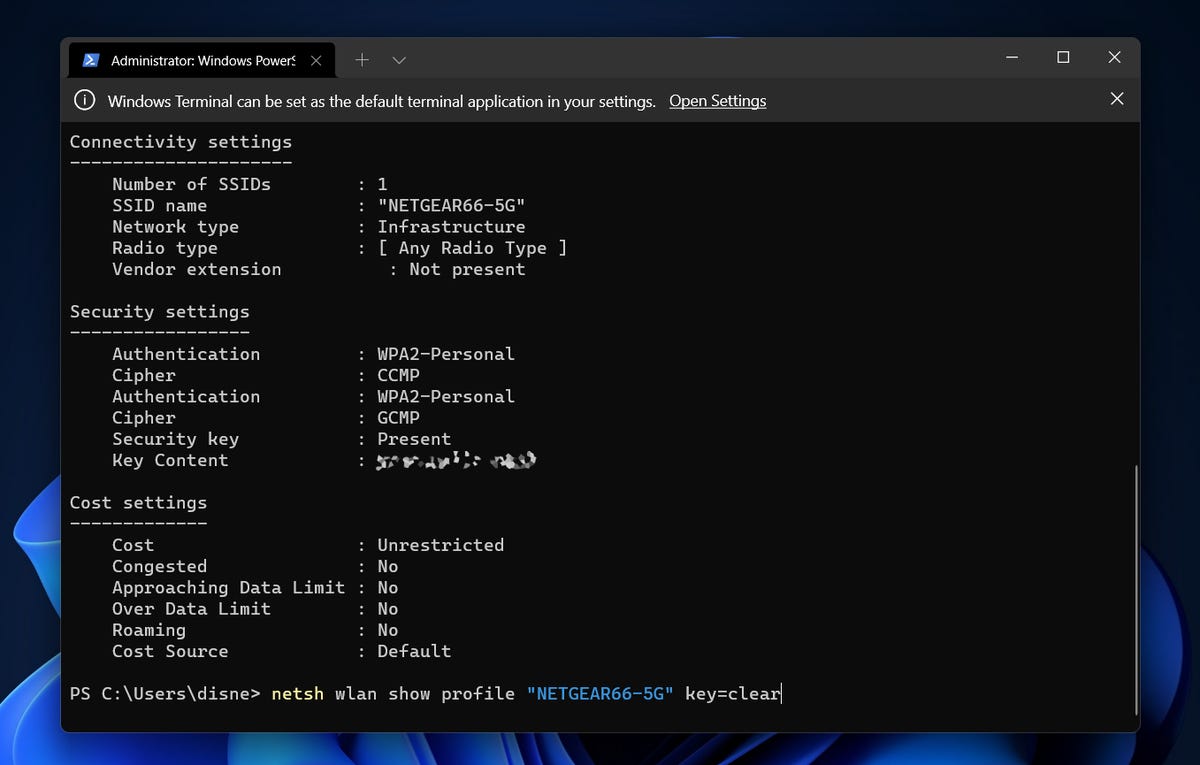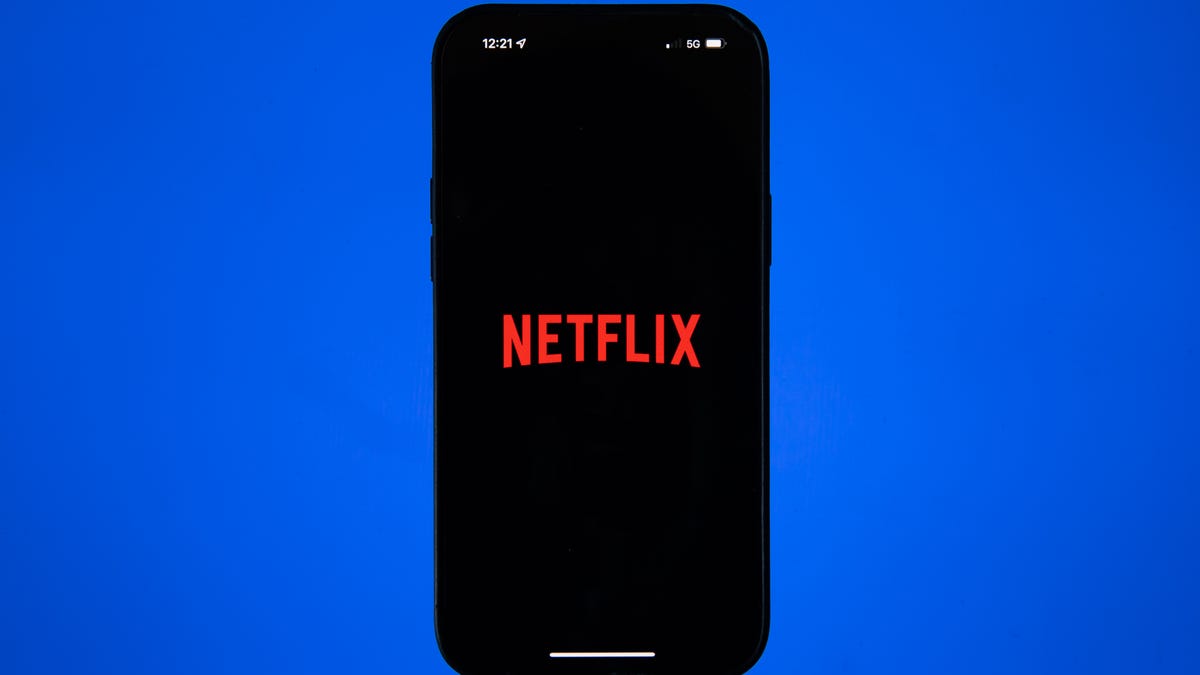We all came out of the last three years changed. Amazon is no different.
All that online shopping you did during the pandemic added to soaring demand, which combined with other economic forces to push prices higher. Costs got too high for the tech industry, too, driving companies to shrink their ambitions – even the gargantuan Amazon.
Amazon was already the Goliath of US e-commerce before the pandemic, representing more than 40% of the market, according to Statista. With the boom in online shopping, fueled first by lockdowns and then by stimulus cash, the company’s profits shot up for more than a year.
Then came the bust. Amazon’s growth stalled out in the middle of 2021, and it posted its first loss in seven years at the beginning of 2022. By November, Amazon was the first company in the world to lose $1 trillion dollars in value, Bloomberg reported.
The problem wasn’t just that we stopped shopping through our misery. Amazon, like a lot of tech companies, banked big time on our new buying behaviors. As we went back to brick-and-mortar stores and cut our spending this year, the company was left with an oversized workforce and a hulking logistics network it couldn’t support. This year, Amazon and its competitors scrapped large chunks of what they built during the pandemic.
For you, Amazon’s new frugality means its advancements on flashy new gadgets — or the inexpensive ones you use to set timers, create reminders and check the weather — may get less of the company’s devotion next year.
Amazon’s most visible sign of retreat was the planned layoffs, which the company has confirmed will happen without giving the number of employees it plans to cut. Estimates in new reports range from 10,000 to 20,000 people who will lose their Amazon jobs in the coming months, but that’s just the most recent glimpse of trouble. Amazon began telling investors in October 2021 that it had built up its warehousing and air freight capacity too much in response to early pandemic demand.
The middle of this year started to reveal casualties elsewhere in the company. Amazon shut down its physical bookstores and some Amazon Go convenience store locations. It jettisoned its Amazon Care health care service on doubts it would ever be profitable. And departments in charge of customer favorites like Alexa-powered devices took a disproportionate hit from the layoffs so far.
Amazon declined to provide a comment for this story but directed CNET to remarks Amazon CEO Andy Jassy made during the New York Times DealBook Conference. Jassy said then that Amazon wasn’t done making bets on businesses that could have long-term payoffs.
“What we’re trying to do is streamline our costs in a bunch of different areas, while at the same time making sure that we keep betting on the things that we believe long-term could change,” Jassy said.
Still, this year’s cuts at Amazon reflect a turn toward immediate profitability, said Neil Saunders, a retail analyst at GlobalData, noting that the company hasn’t found a way to profit from Alexa devices.
It’s a sign of an industry-wide reckoning with shoppers hitting the brakes on spending, Saunders said, adding, “A lot of companies behaved as if it was a permanent shift.”
Peaks and valleys
E-commerce hit startling heights in 2020. Shoppers dropped earnings and stimulus cash on home furnishings, gardening supplies and electronics, and growth of online shopping was remarkable. It shot up from a steady growth rate of around 16% at the end of 2019 to more than 44% in the summer months of 2020.
E-commerce is still growing today, but the frenzy is over.
But while spending was still at unprecedented levels, Amazon used the extra cash to feverishly build warehouses and air hubs. It doubled its ranks from just under 800,000 employees at the end of 2019 to more than 1.6 million by the end of 2021. And it wasn’t just Amazon. Shopify, the company behind many standalone online shops, also went on a hiring spree. Social media companies like Meta and Twitter benefited too, bringing in extra advertising revenue from merchants who aimed targeted ads at shoppers sitting at home.
Figures from the US Census Bureau show e-commerce spending is now where it would be if it had just kept growing at the same steady clip that it was before the pandemic. Even though the feverish buying started to cool last year, a few tech chiefs have said they thought the shift to online shopping was permanent. It wasn’t.
“Those chickens are coming home to roost,” Saunders said.
When Meta announced layoffs of 11,000 employees in November, CEO Mark Zuckerberg conceded it was a mistake to assume increased revenues would endure. Shopify cut 10% of its workforce in July, with CEO Tobi Lutke saying he was wrong to predict a permanent leap ahead of five to ten years in the growth rate of online shopping.
Amazon’s layoffs will also be significant. Proportionally, they’re on track to represent the company’s biggest workforce reduction since the 2001 dot-com bust, which hit 15% of its staff, according to the New York Times. Nonetheless, Jassy said Amazon made the right decision to scale up rapidly starting in 2020, adding that it was better to get too big than to stay too constrained to meet demand from shoppers and from sellers who use the company’s marketplace.
The slowdown shouldn’t have caught the heavyweights of e-commerce by surprise, said Andrew Lipsman, a retail analyst at Insider Intelligence. We were going to regain access to in-person stores at some point, and stimulus payments weren’t going to last forever. But even if cash-flush tech companies knew there would be an inevitable bust, they couldn’t let the opportunity to scale up and capture all our shopping dollars pass them by.
“They tend to think of it as an arms race,” Lipsman said. “When their major competitor is investing heavily, they don’t want to be the ones not doing it.”
Slowing innovation
That bitter downswing has forced Amazon to pull back on some of its flashy pet projects, like Alexa, where a large portion of the layoffs took place. While Alexa-powered devices like Echo smart speakers and displays dominate the smart home market, they’re priced to lose money. And even though Alexa made huge advances in voice recognition and AI-generated speech, the technology hasn’t succeeded in getting people to shop by voice, analysts say.
Amazon’s health care initiatives are also seeing cutbacks. The company said Amazon Care, a service that offered telehealth and in-home medical appointments, would close down at the end of 2022. (Amazon says it’s pushing forward with its purchase of One Medical, which offers primary care clinics and telehealth services).
Also on the chopping block were Amazon’s brick-and-mortar bookstores and its remaining “Four-star Stores,” which analysts say never found a purpose.
Amazon hasn’t killed the Alexa division or its health care efforts entirely, and Jassy has said the company is still betting on innovations like autonomous vehicles with its Zoox business. But the moves show Amazon is unwilling to sink quite as much money into services just for the sake of destabilizing or owning a market. That’s a contrast to its earliest approaches with selling books and music online, which Amazon pursued while taking a loss for seven years before finally turning a profit in 2001, said Sucharita Kodali, a retail analyst with Forrester.
“The DNA of Amazon was, ‘we’re going to lose money,’” Kodali said. Now the company must invest in things that’ll pay off sooner rather than later, she added.
And just like everything about Amazon, when the company cuts back, it does it in a big way.

